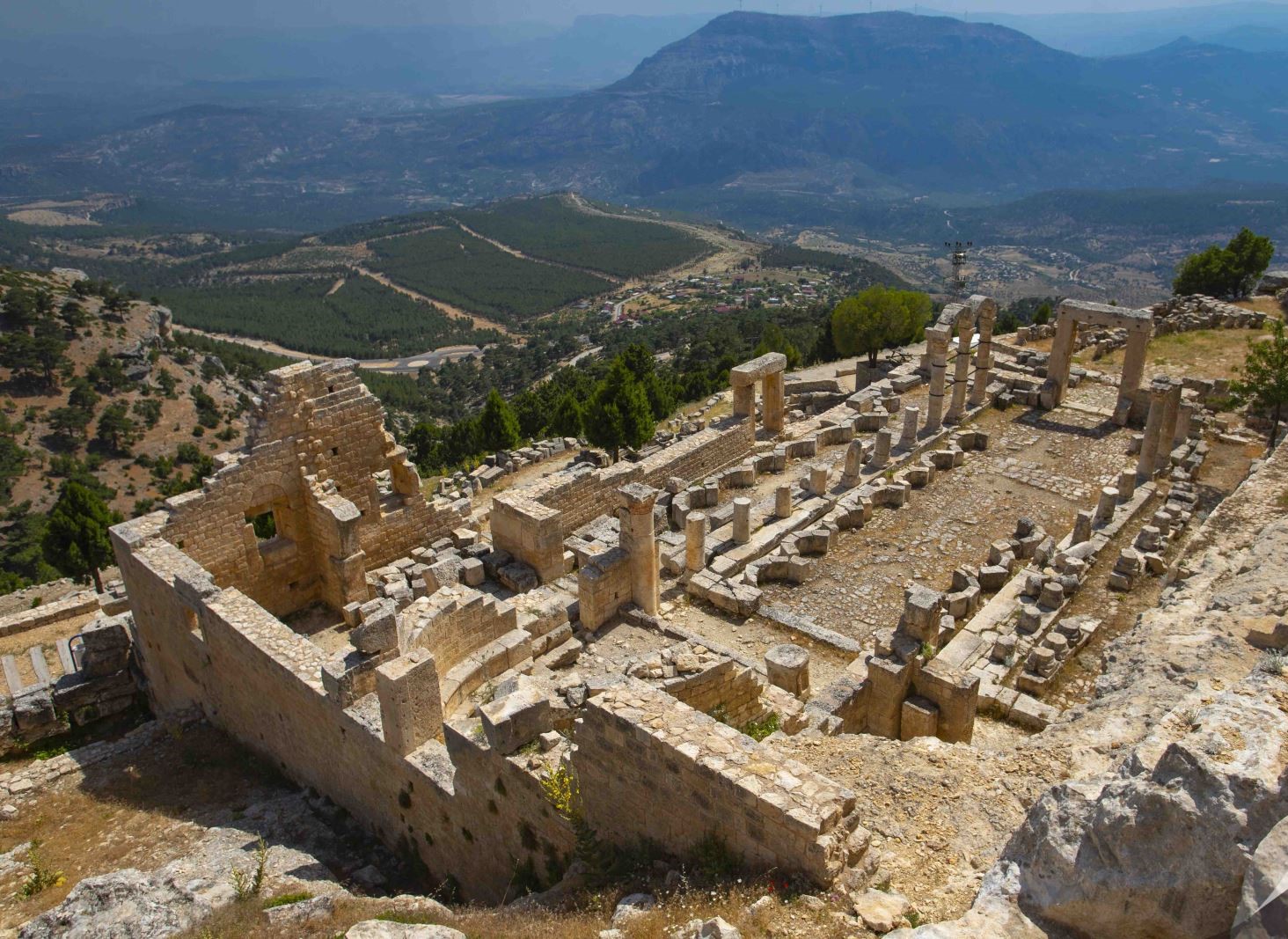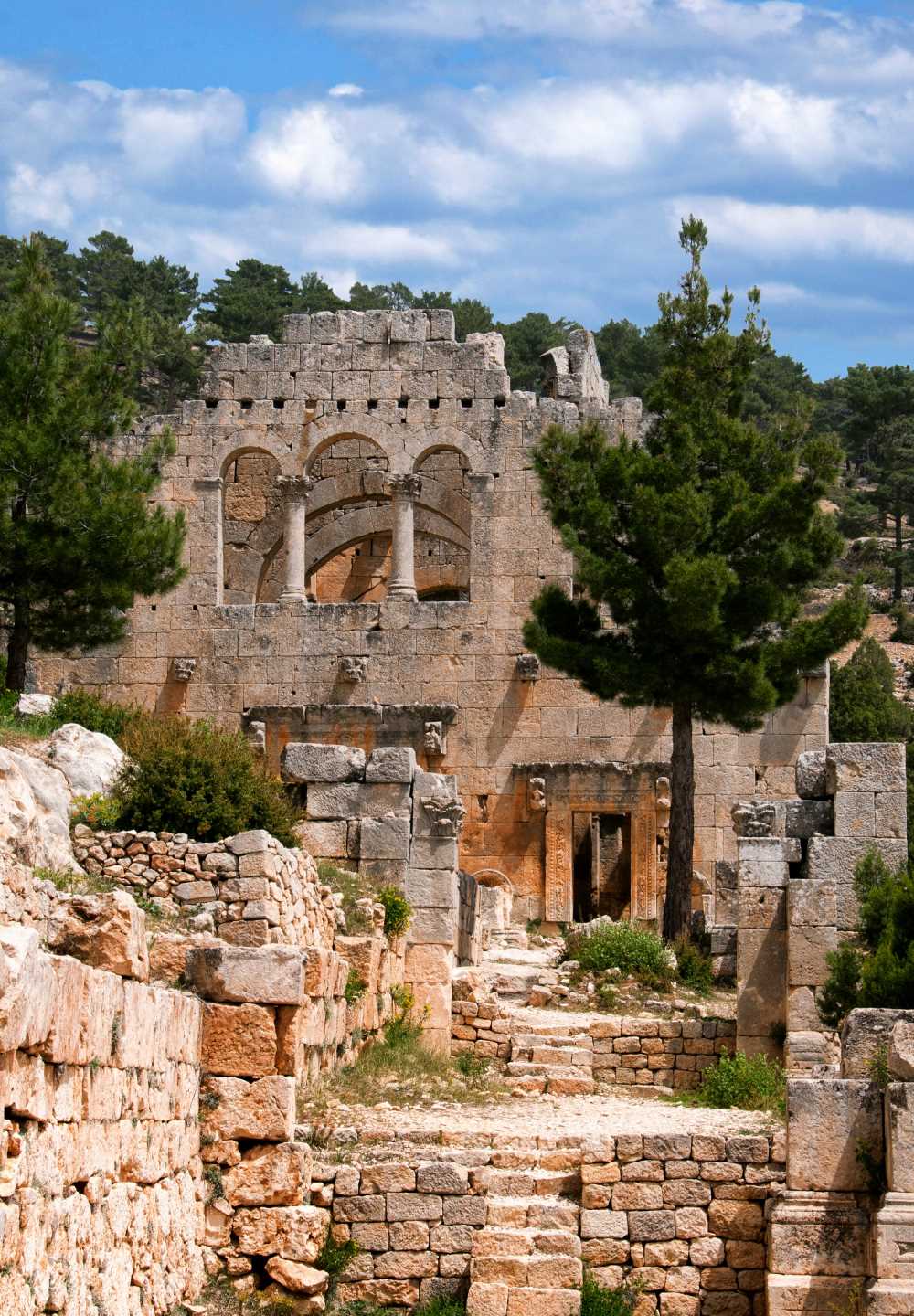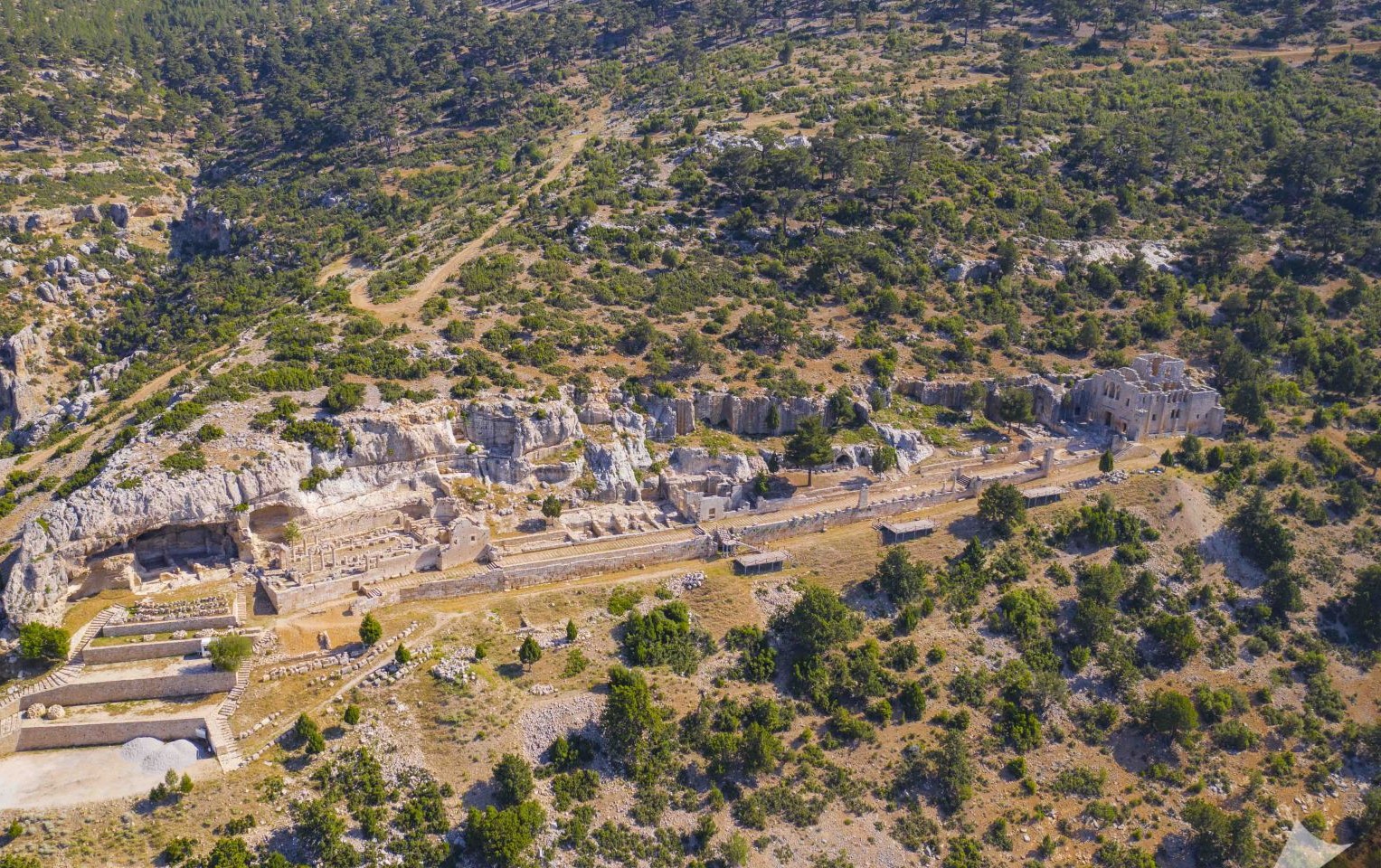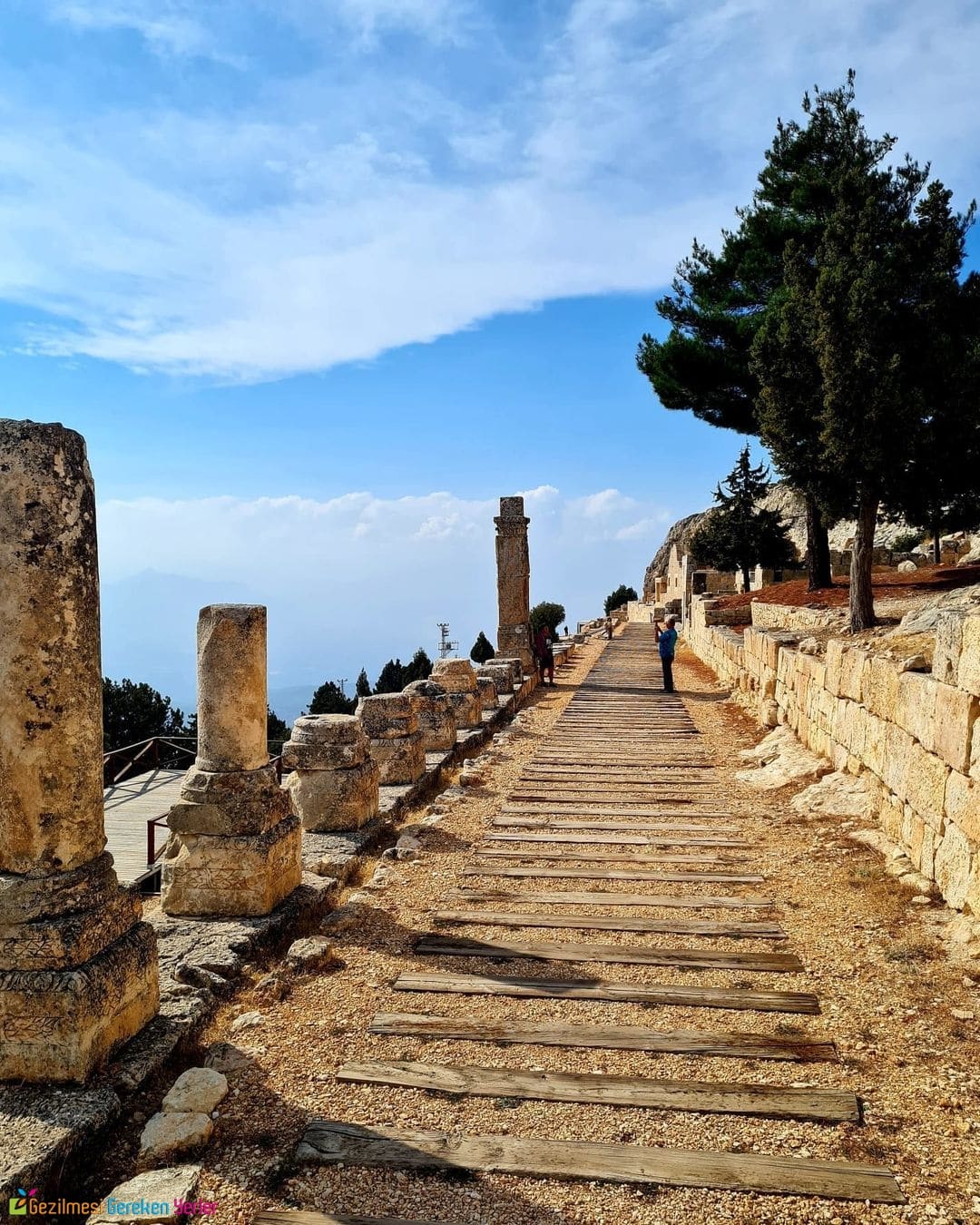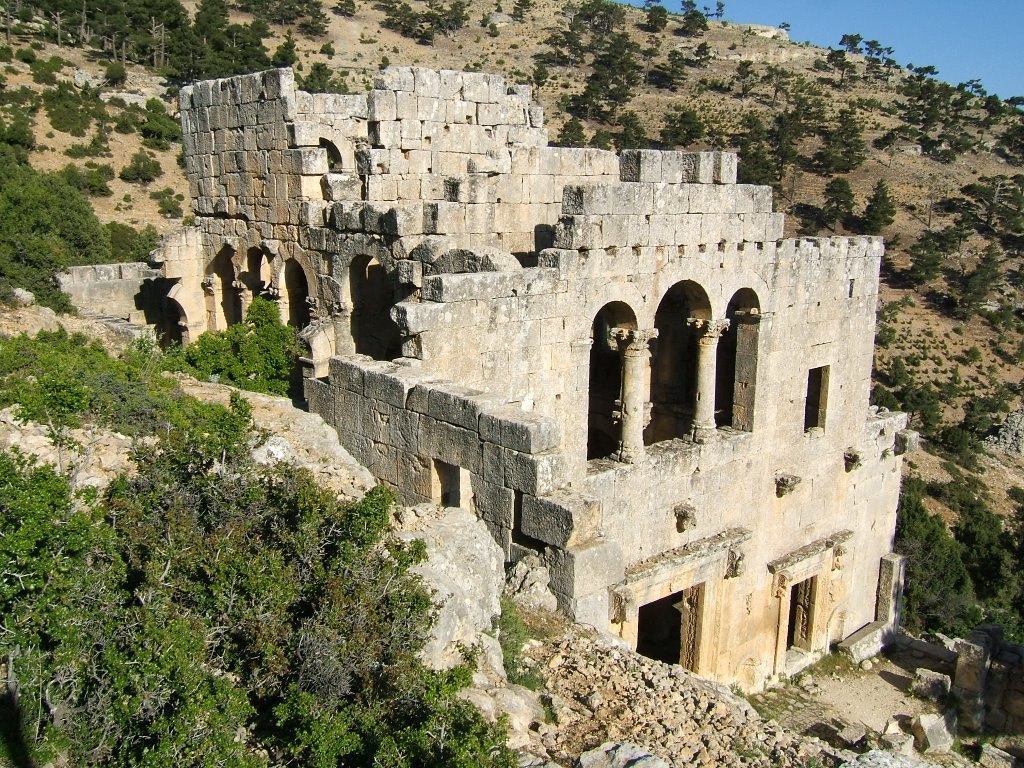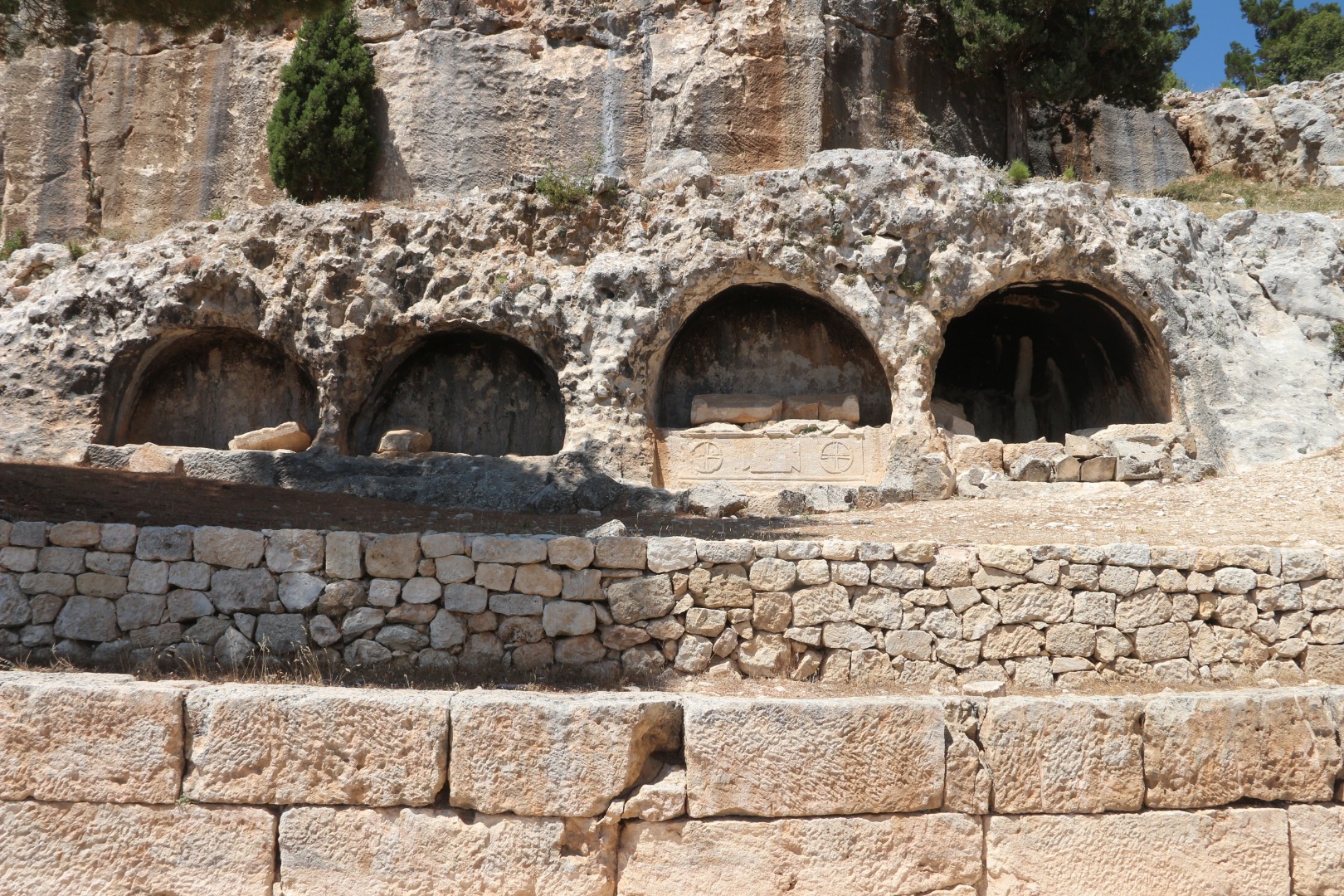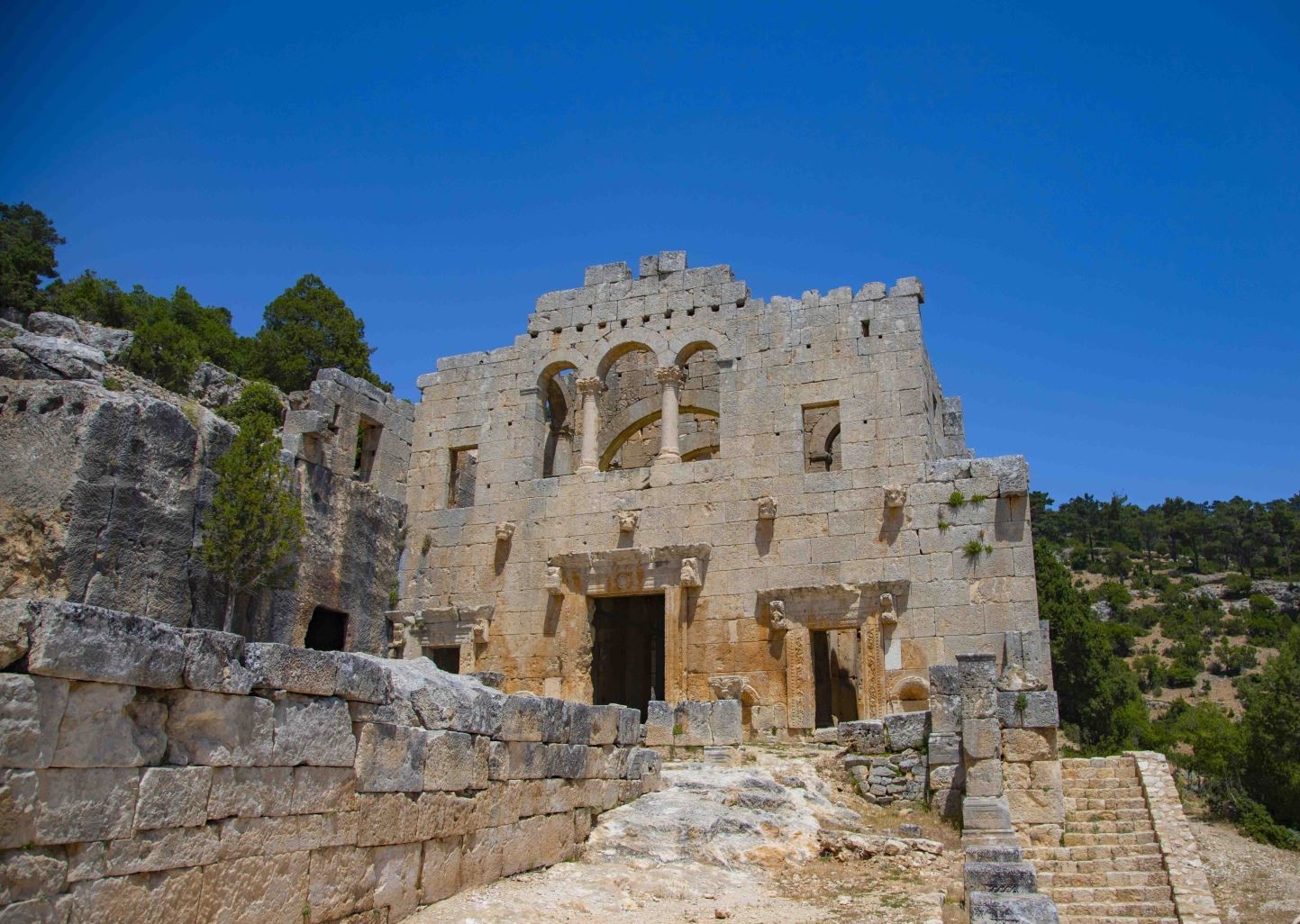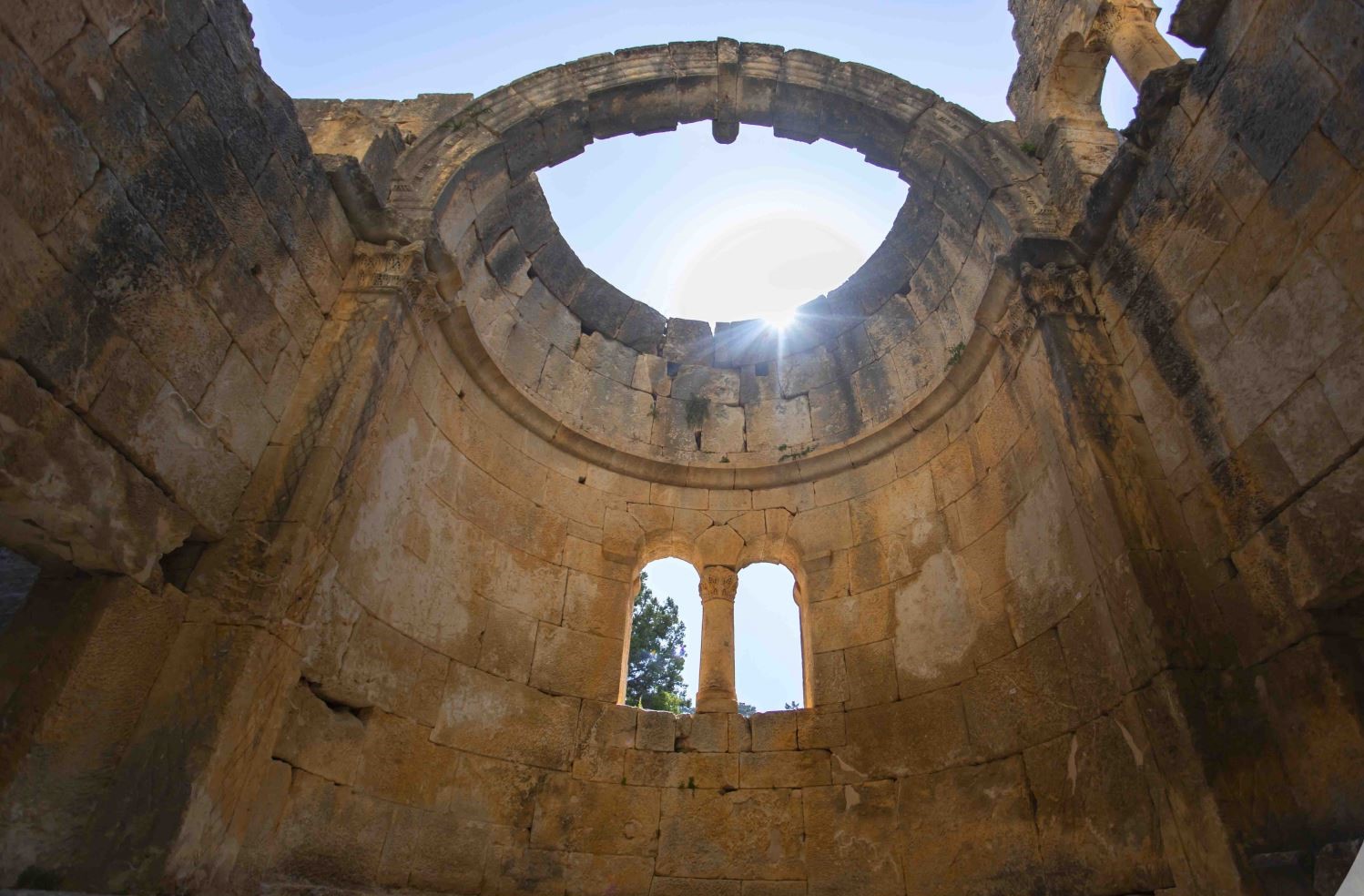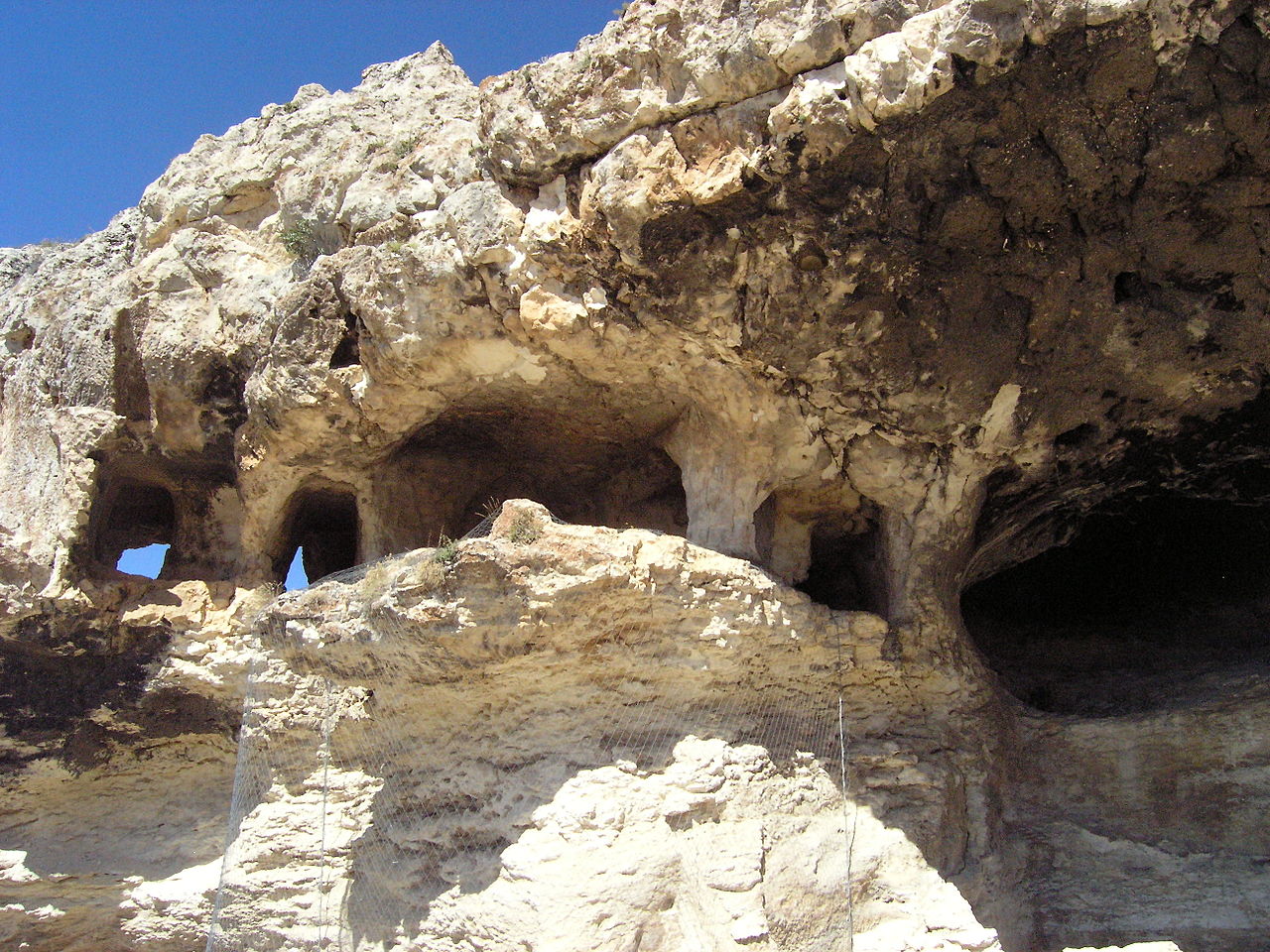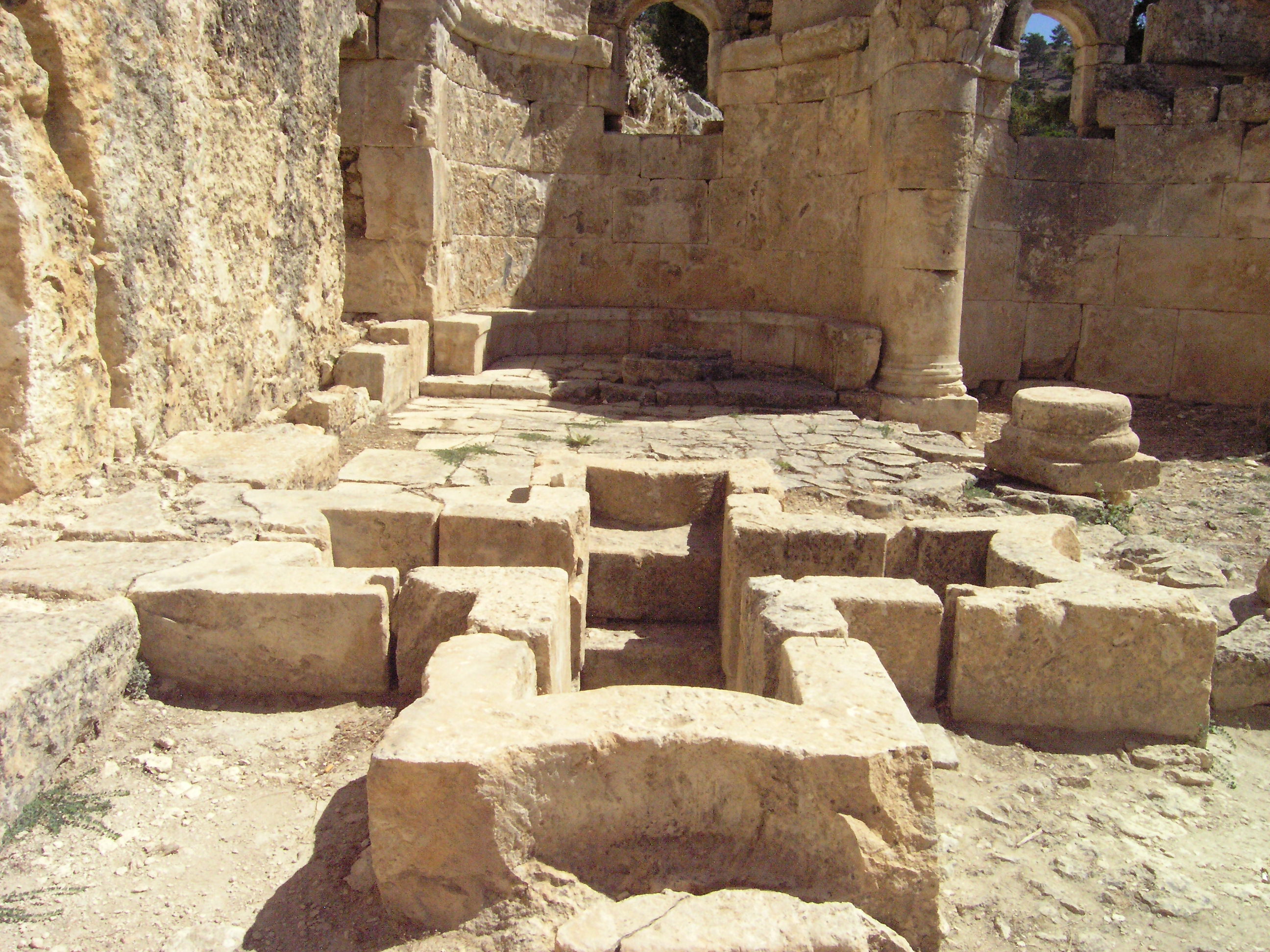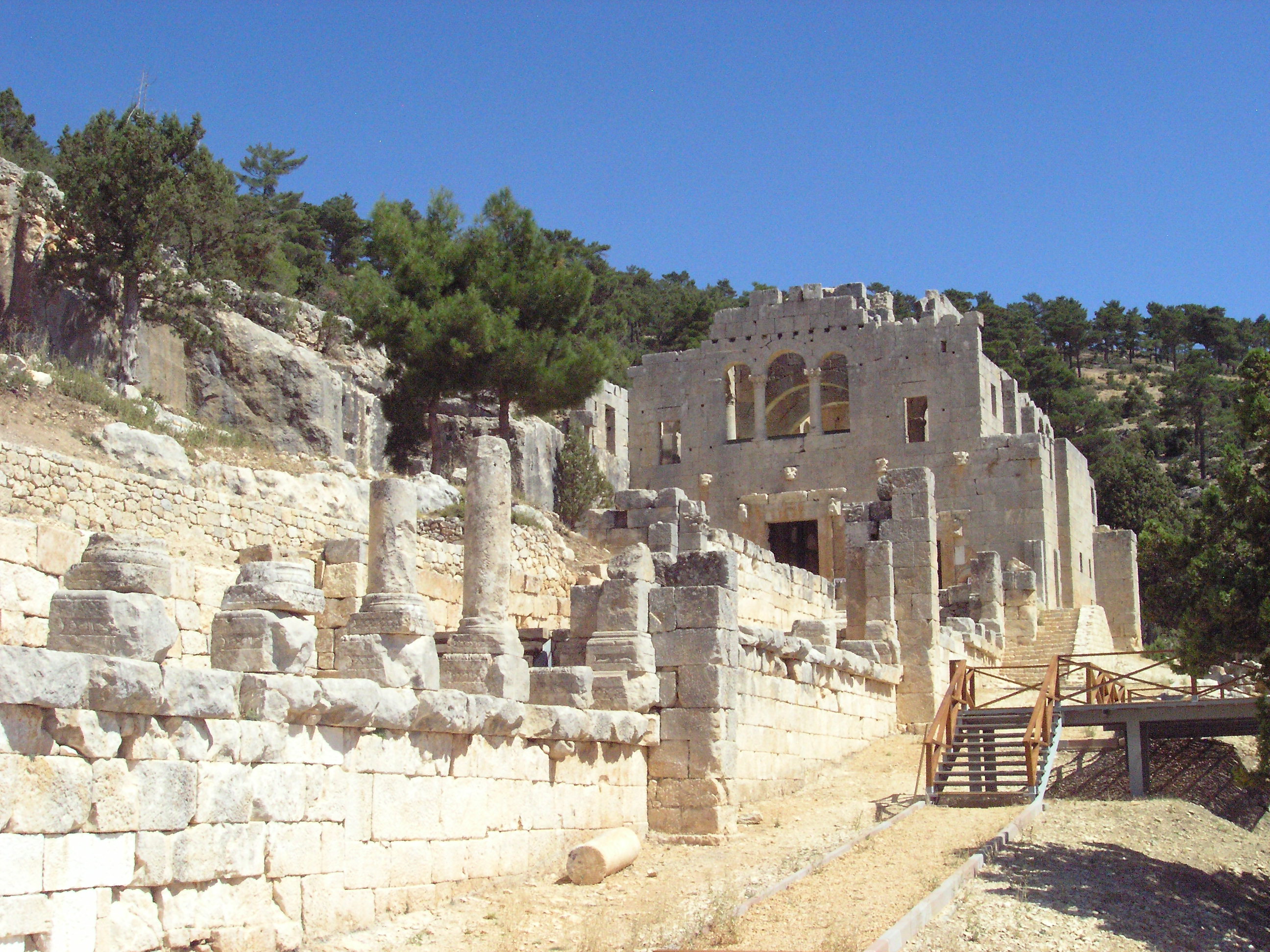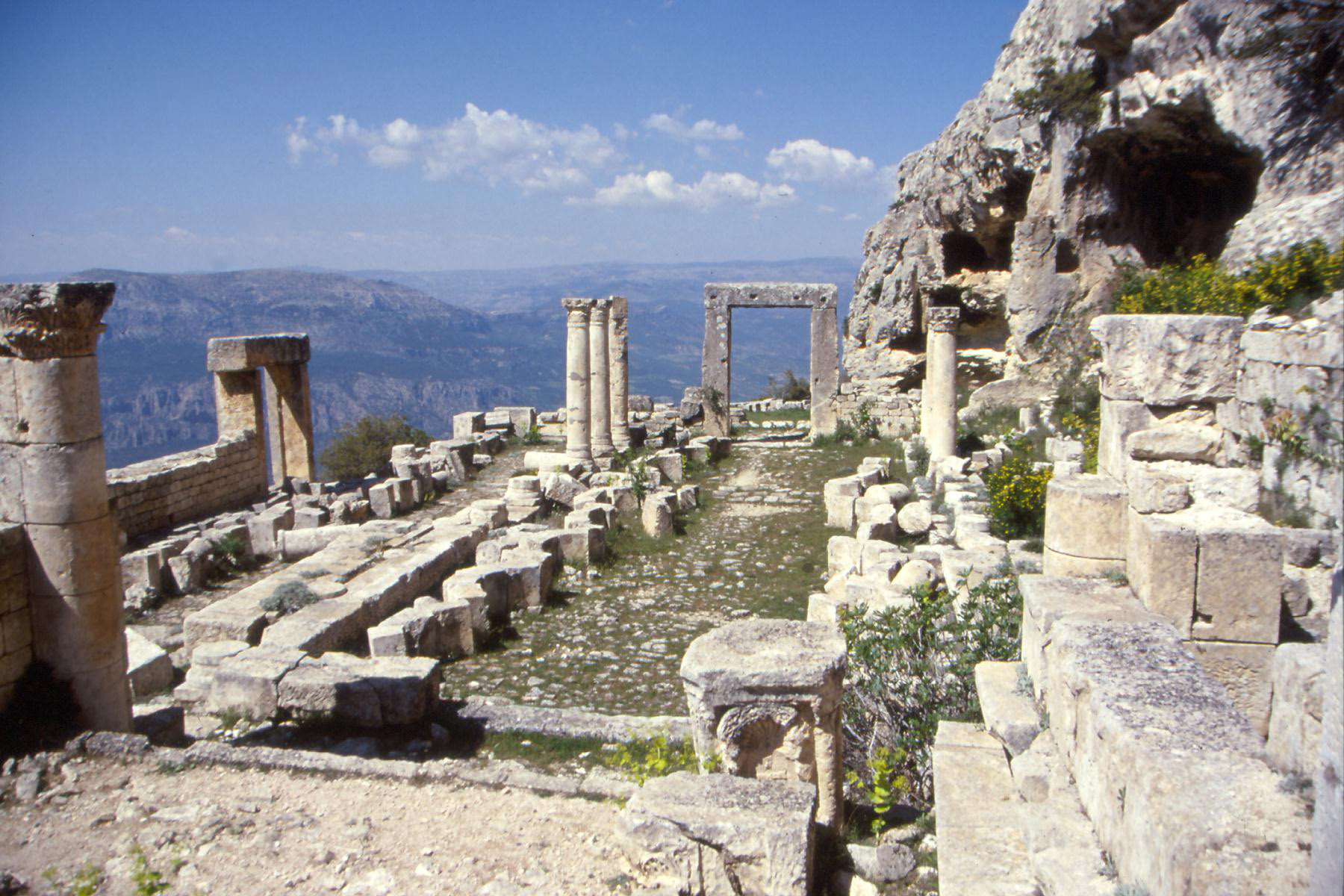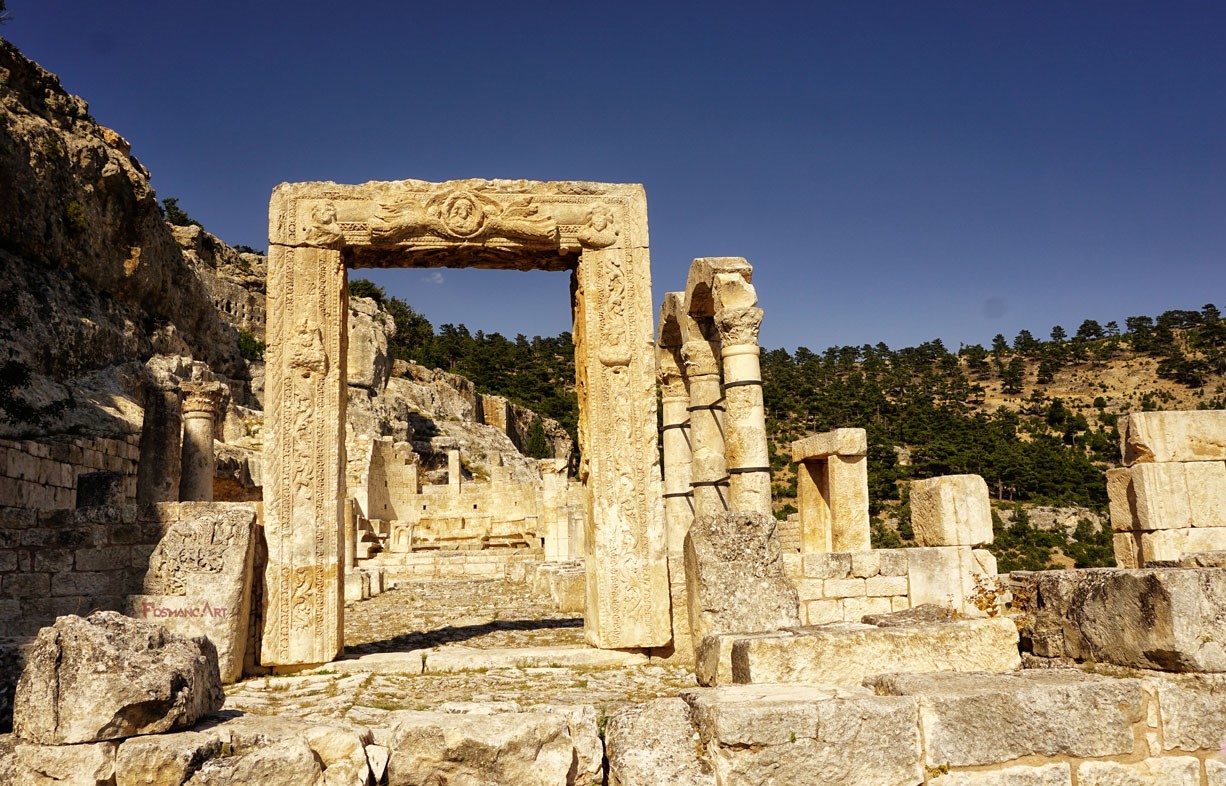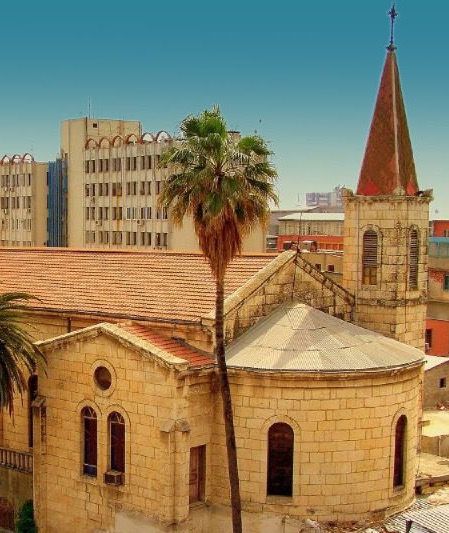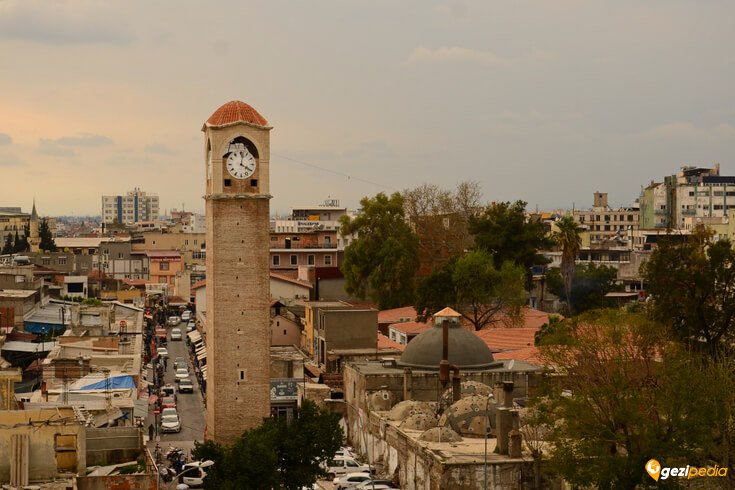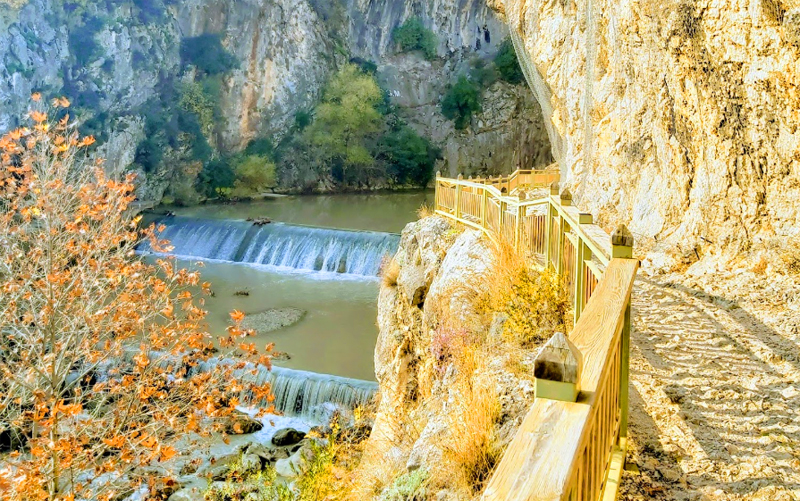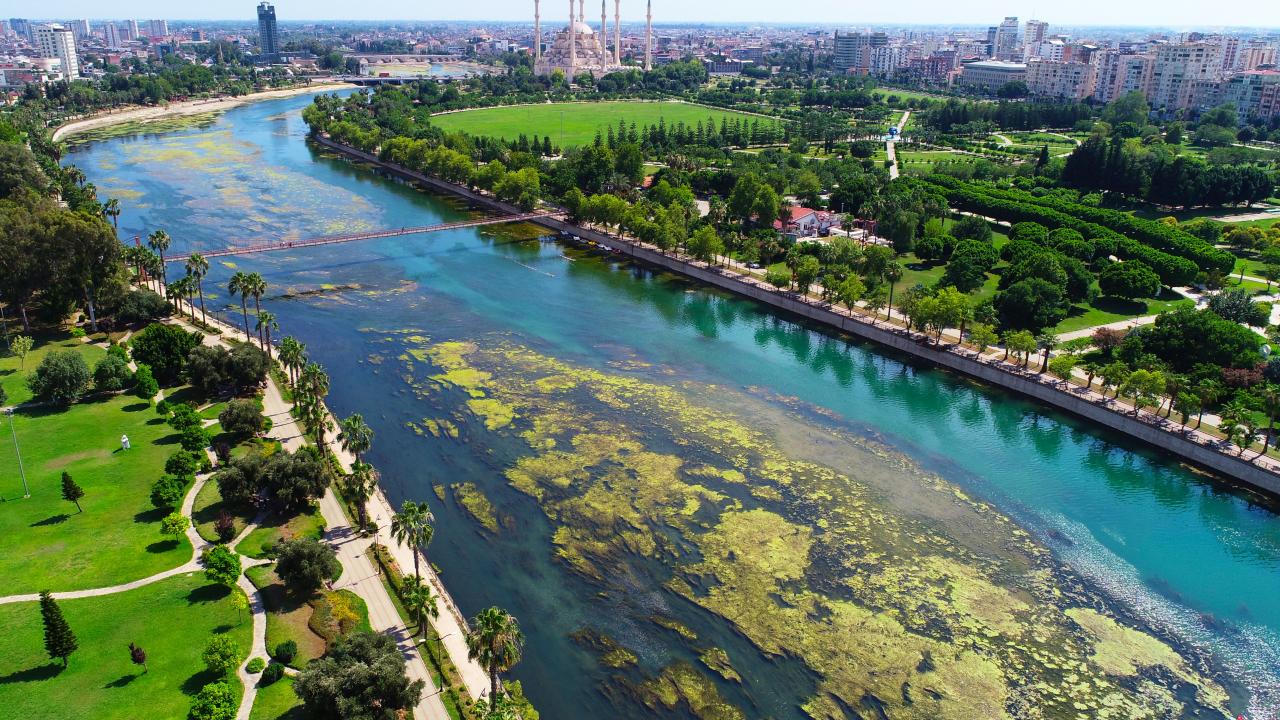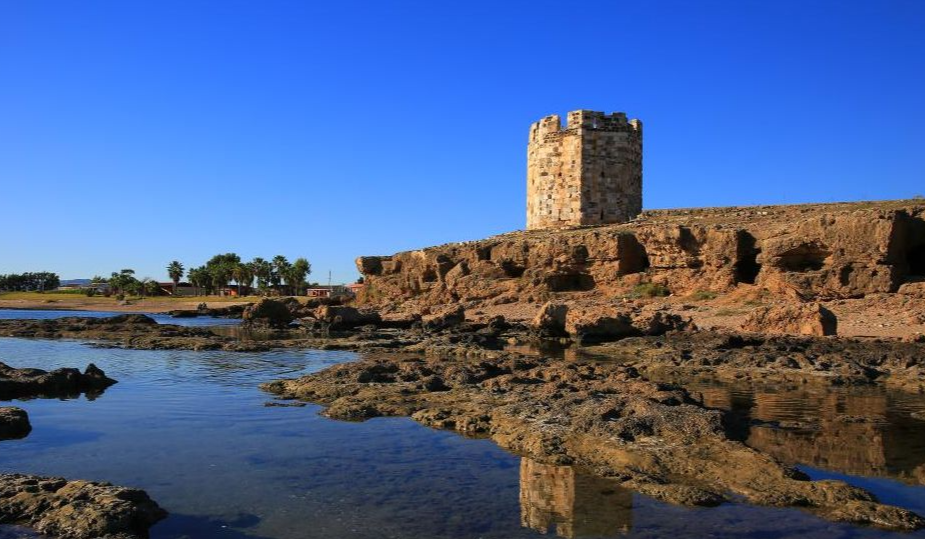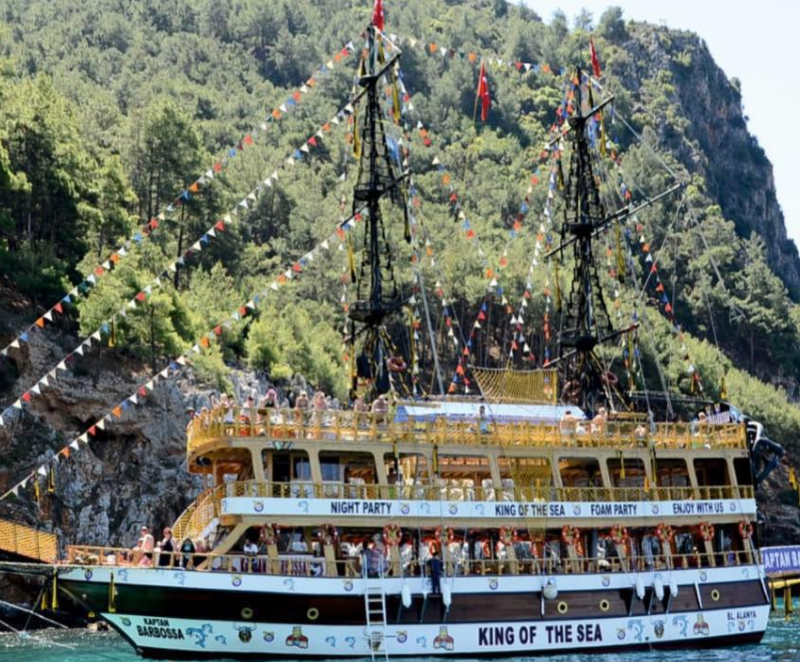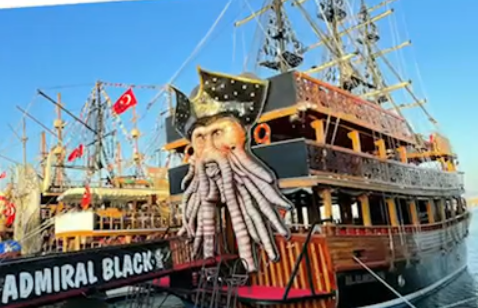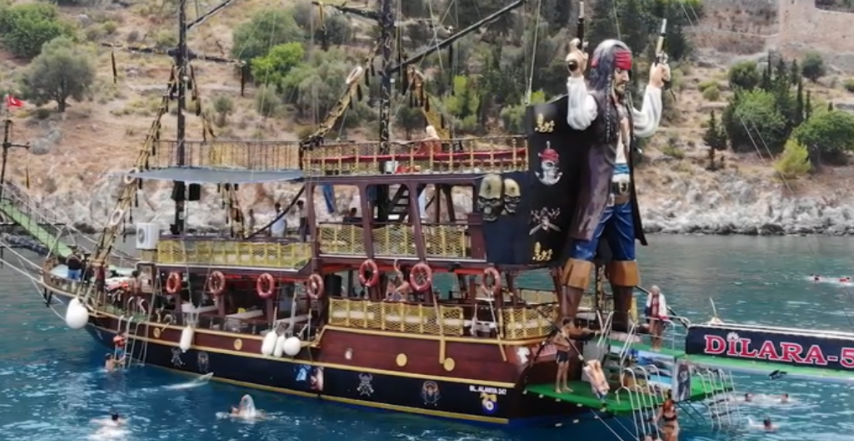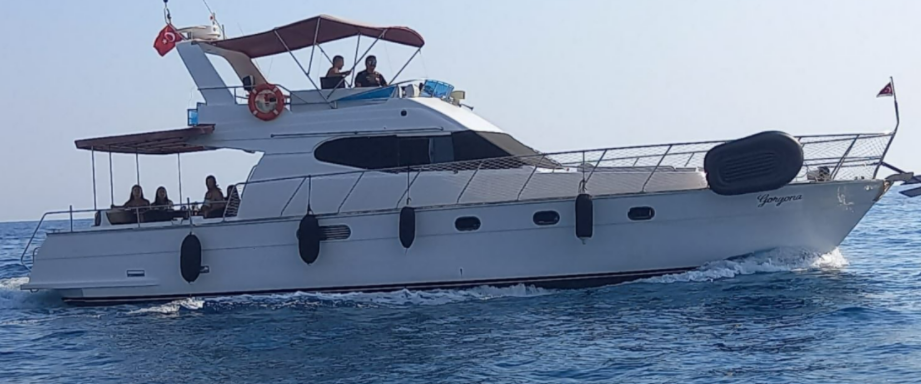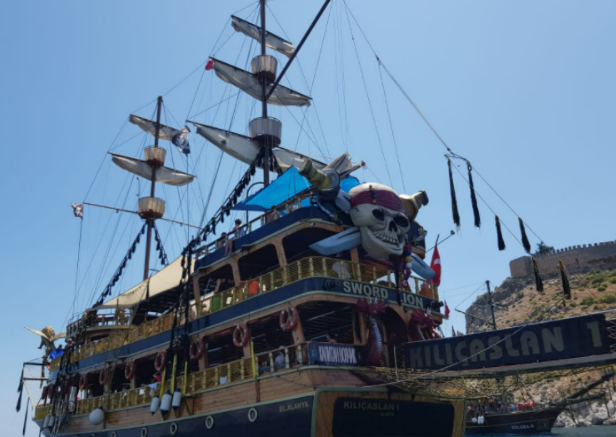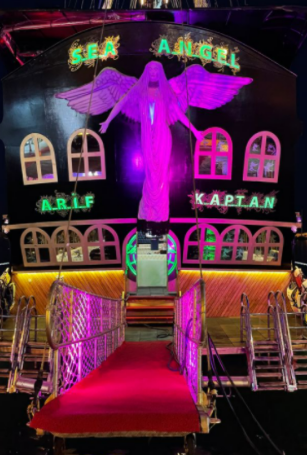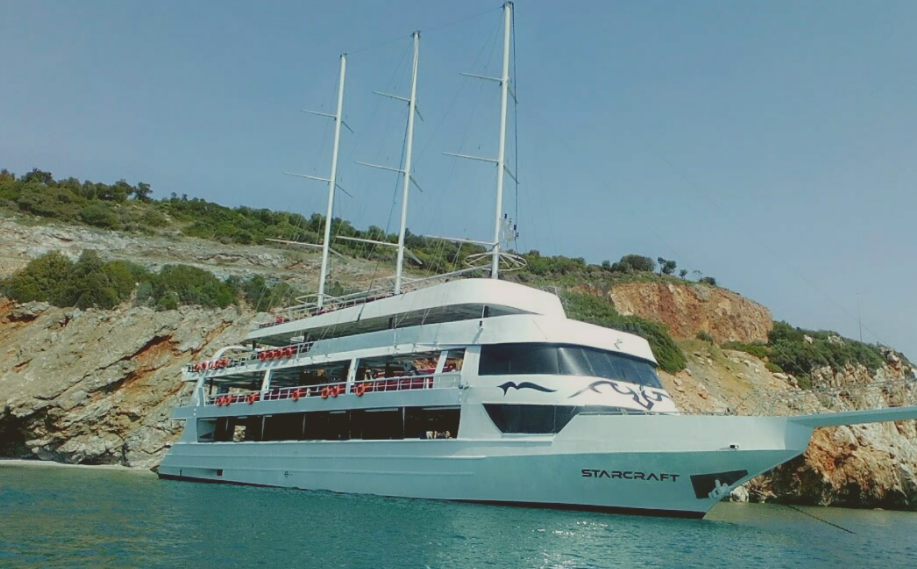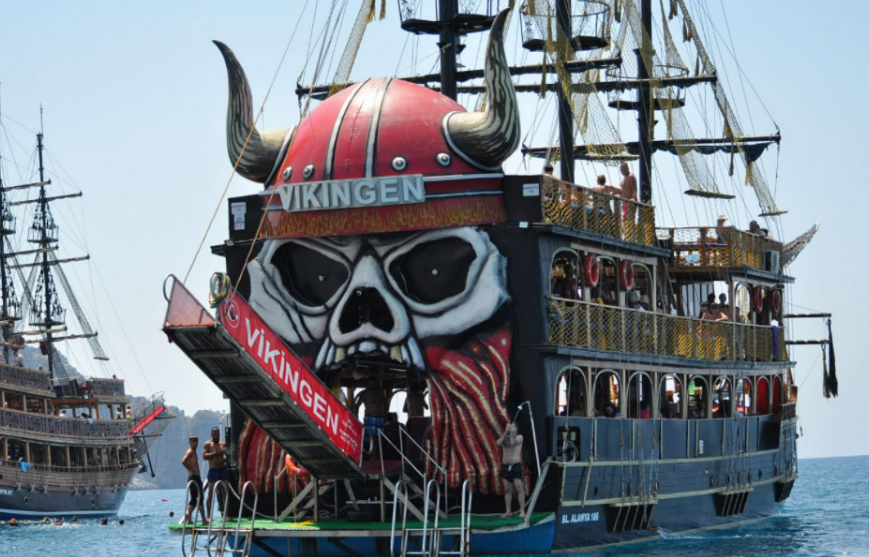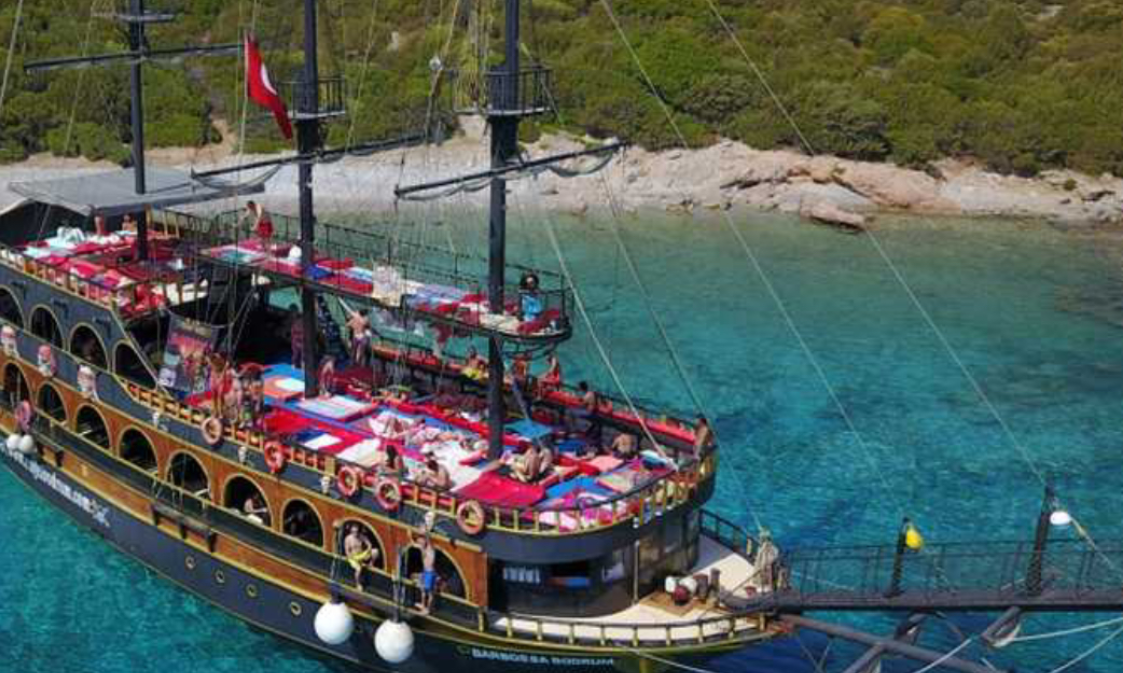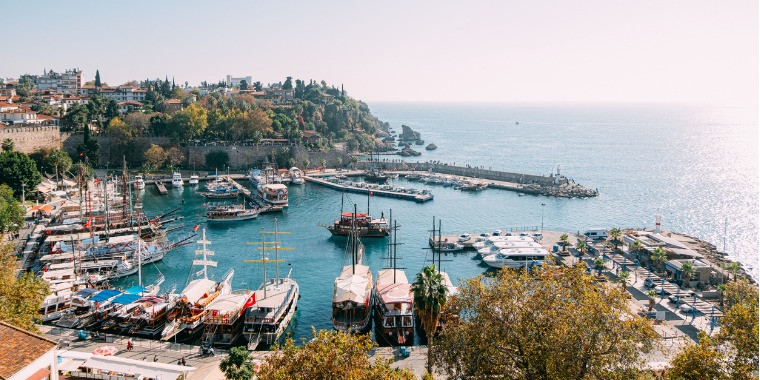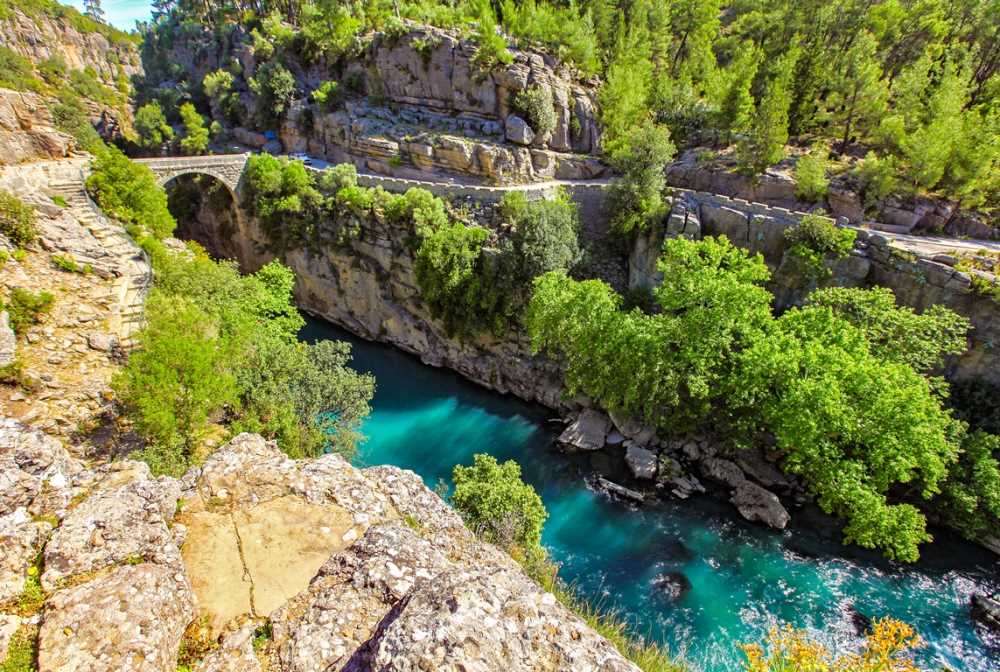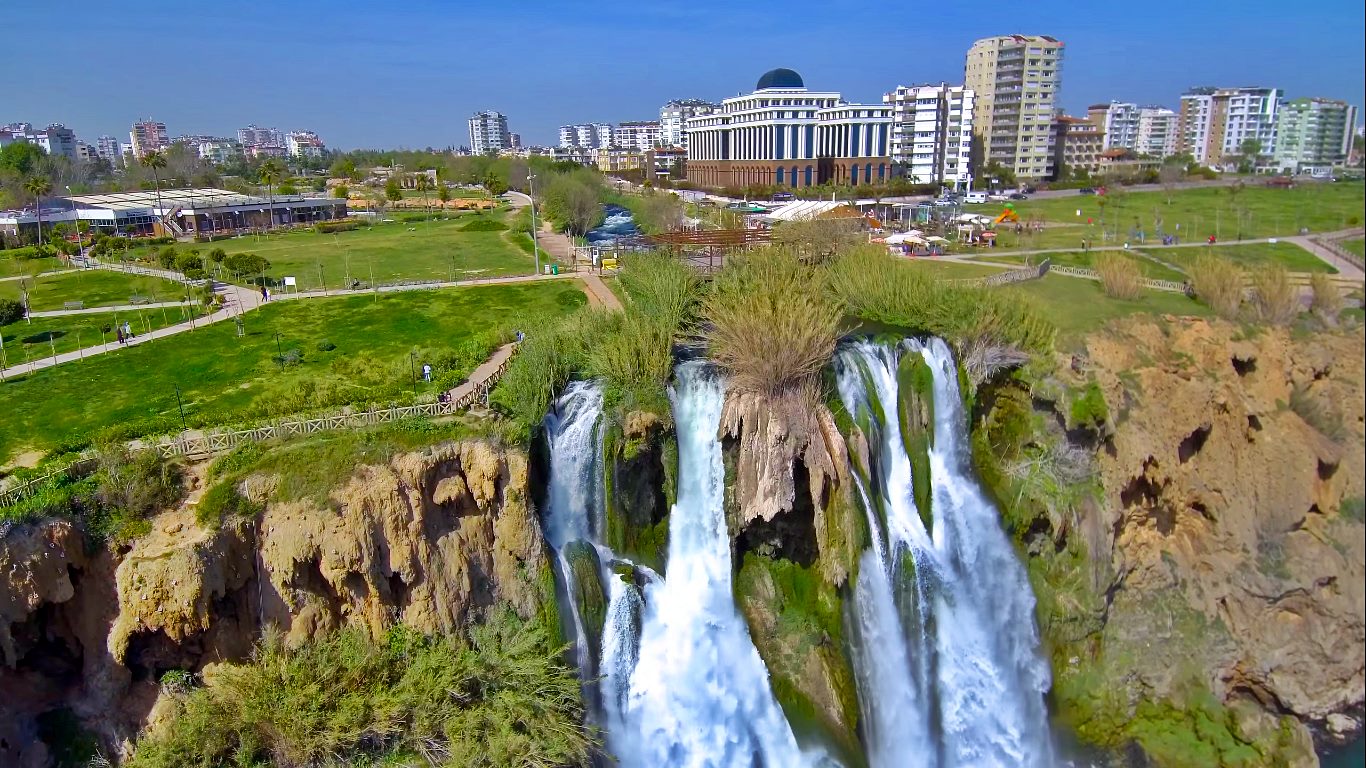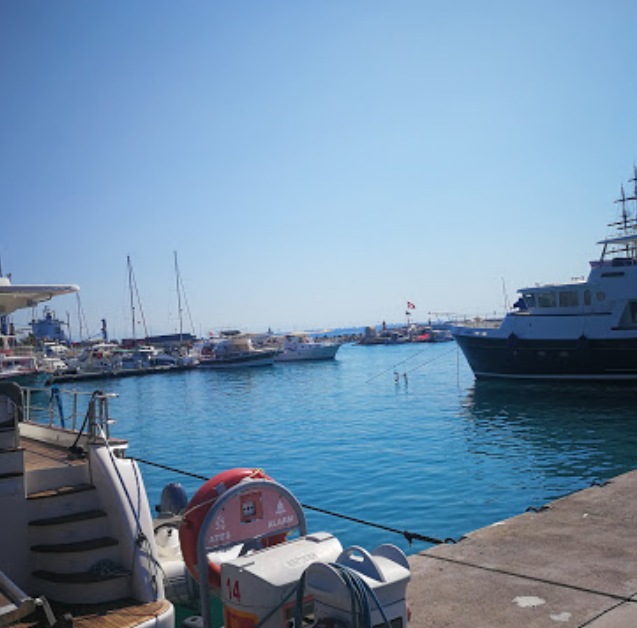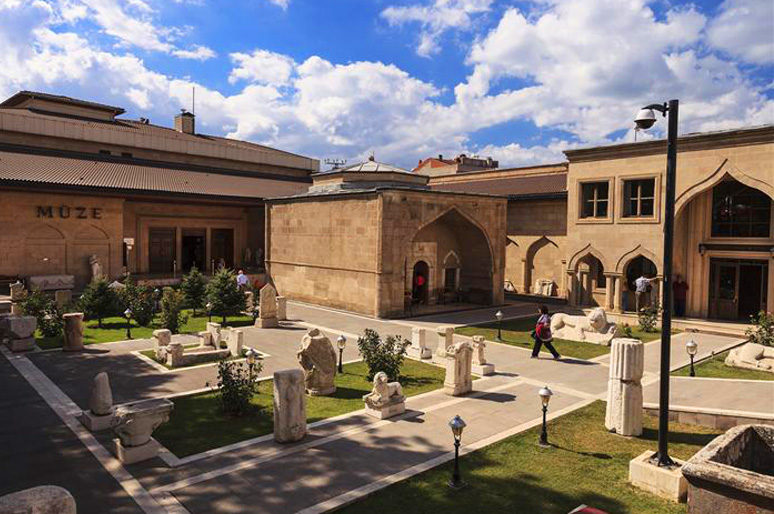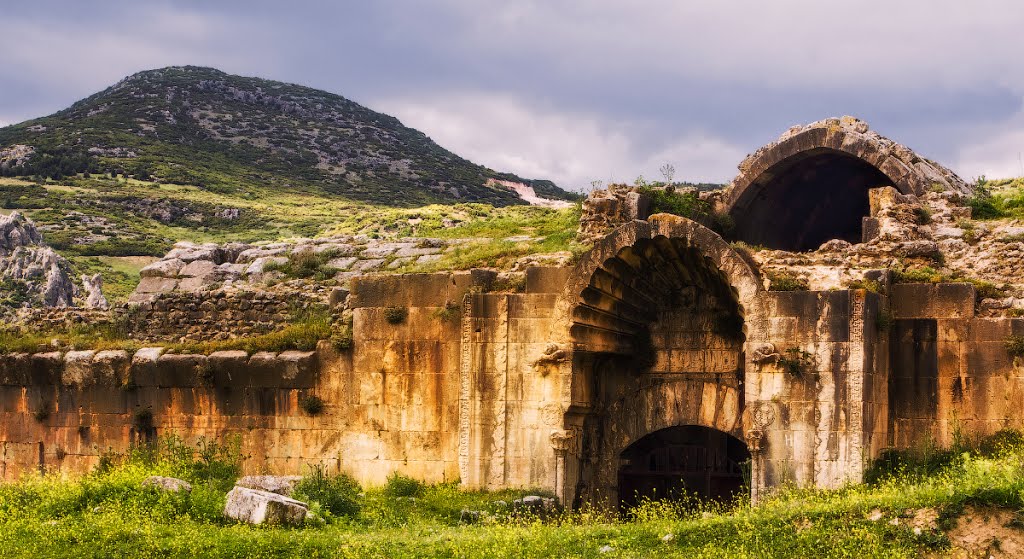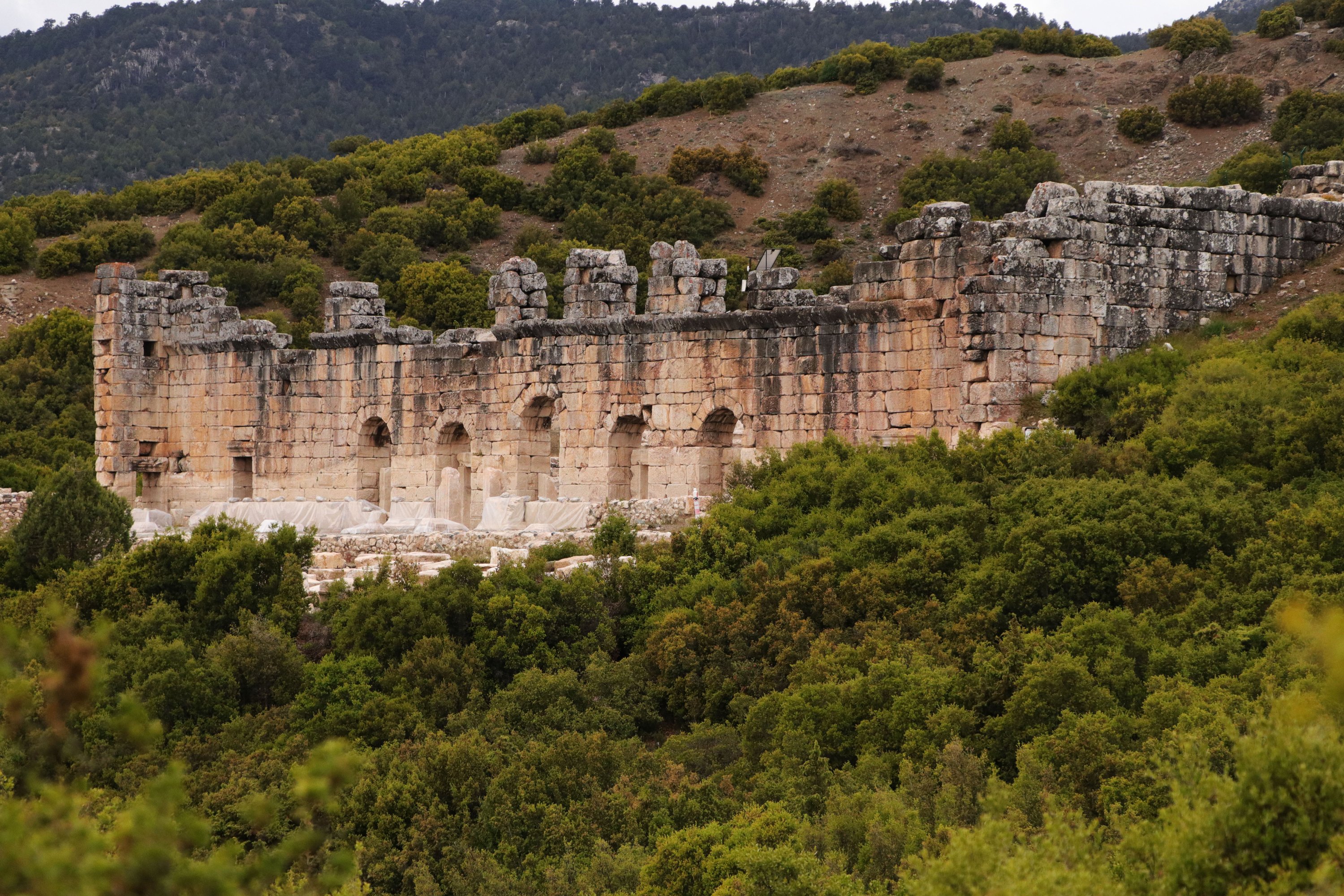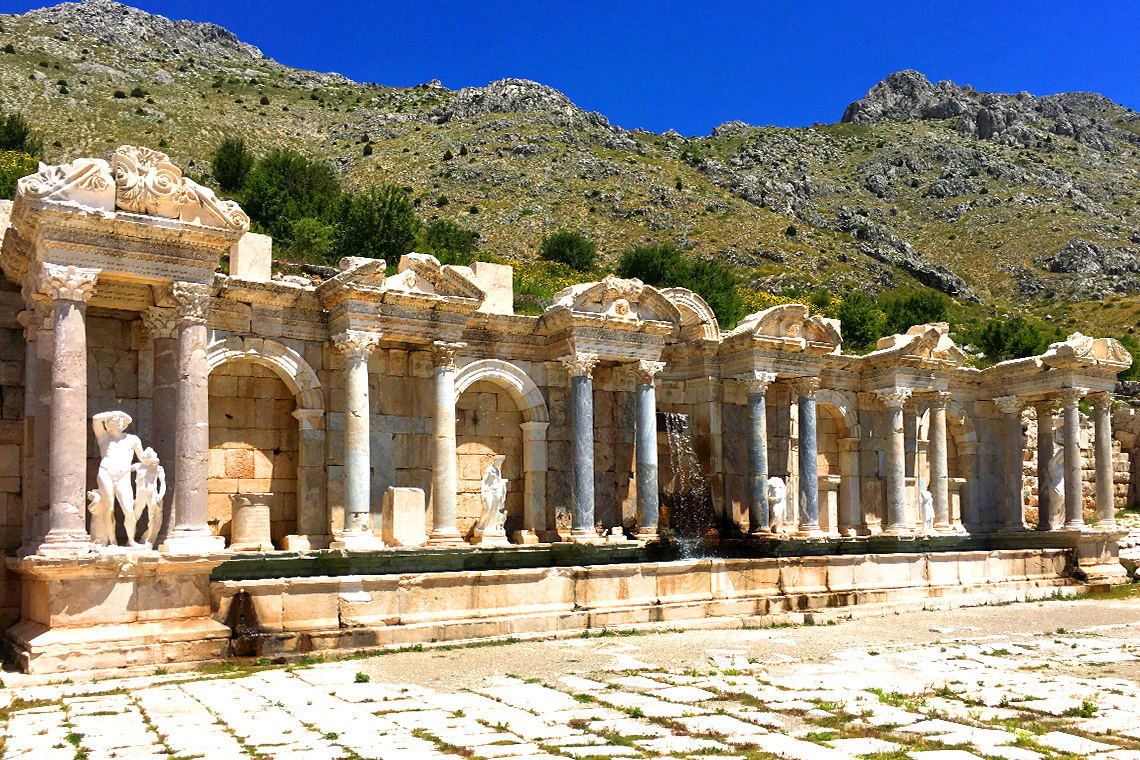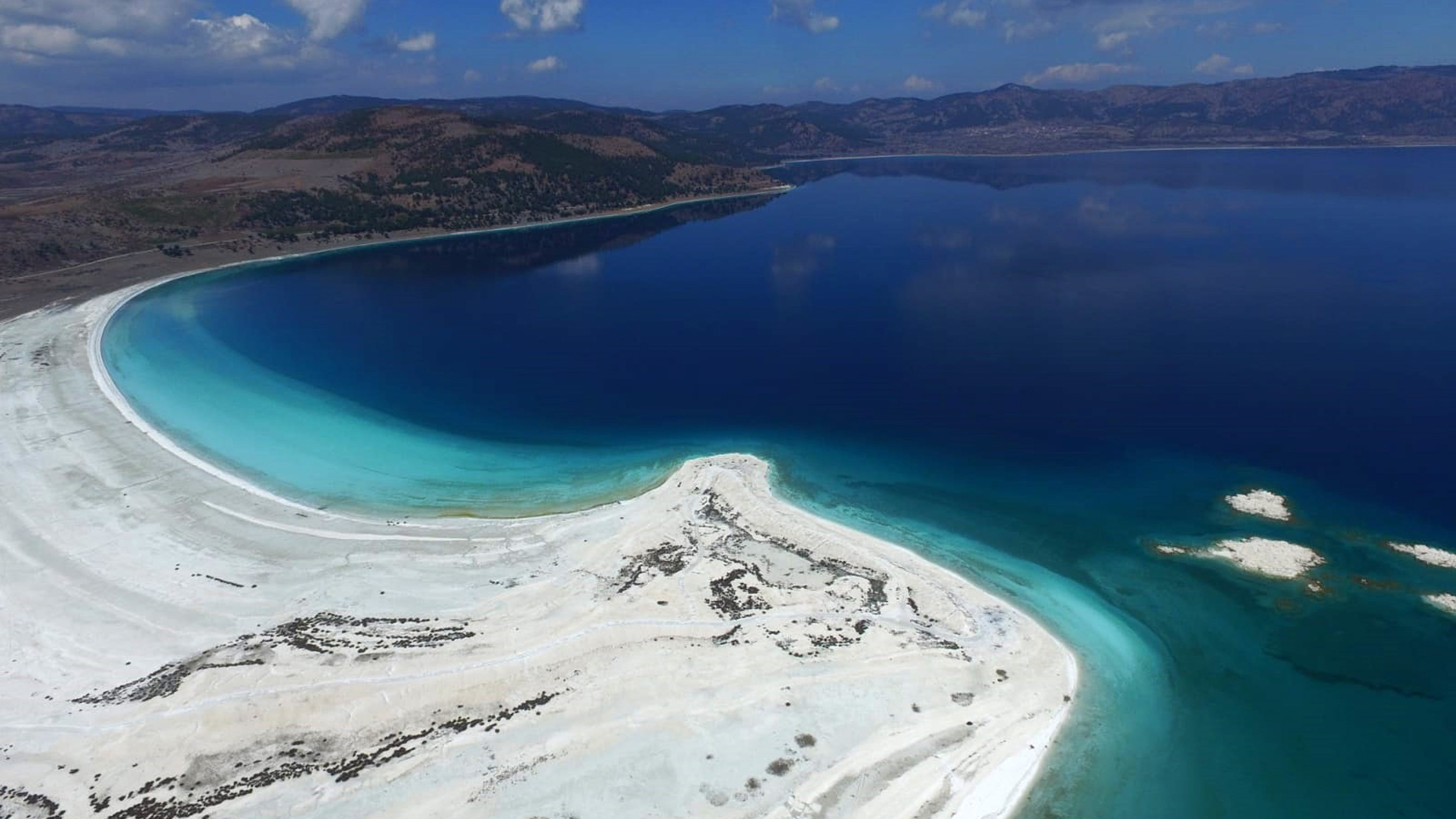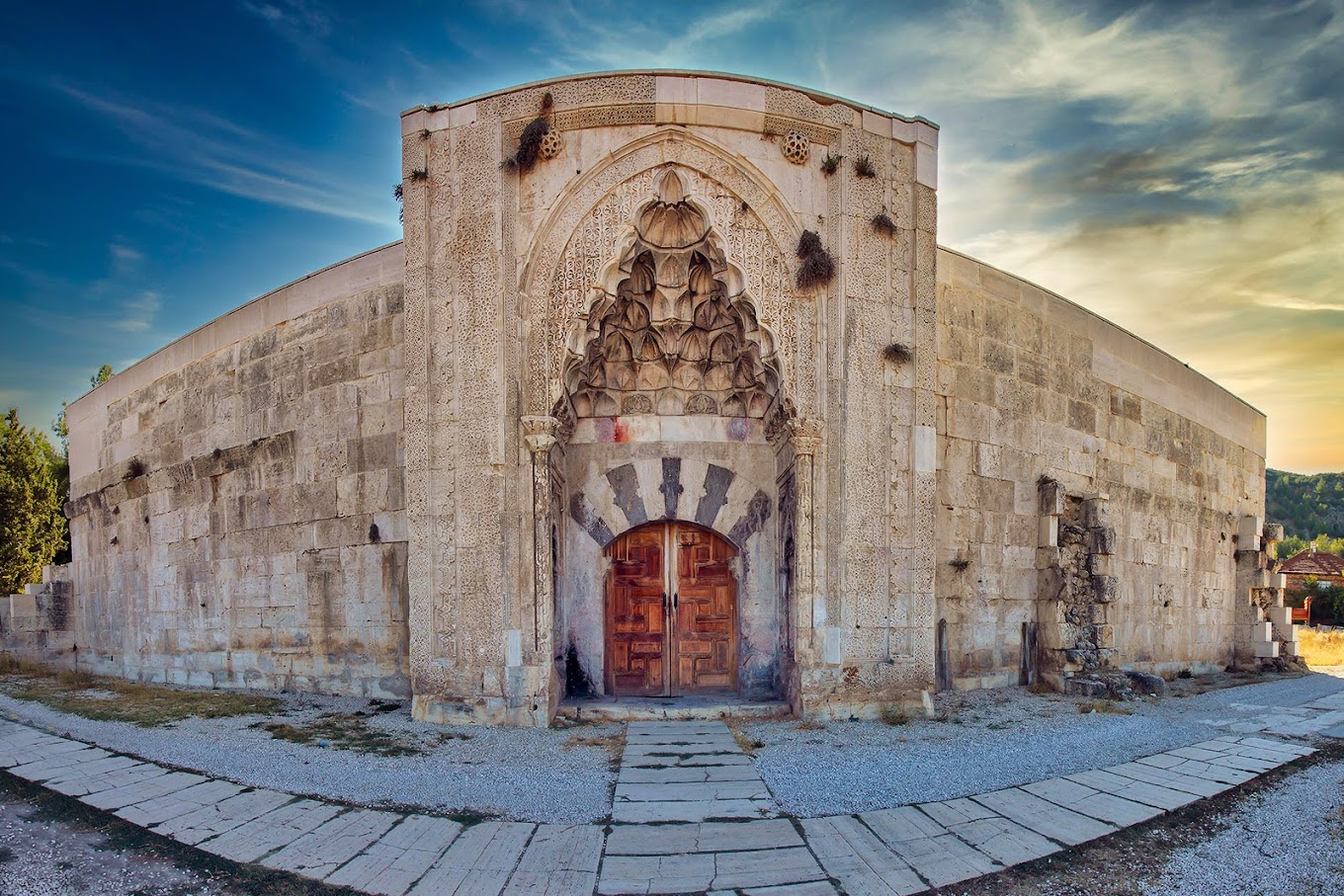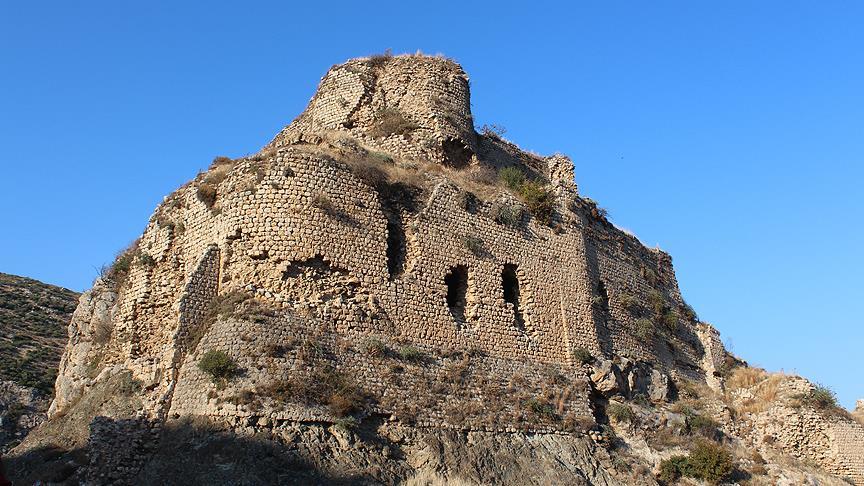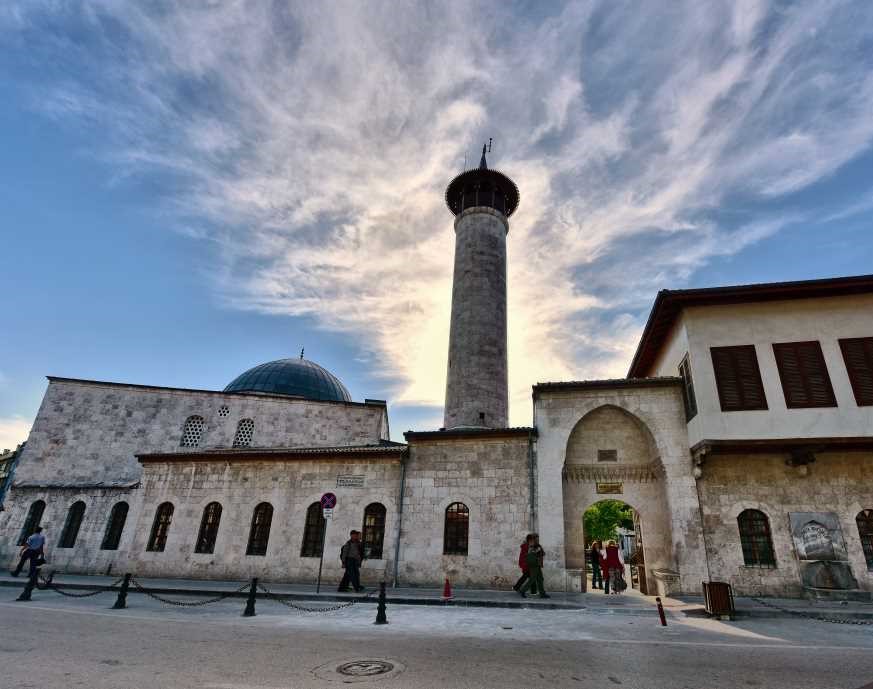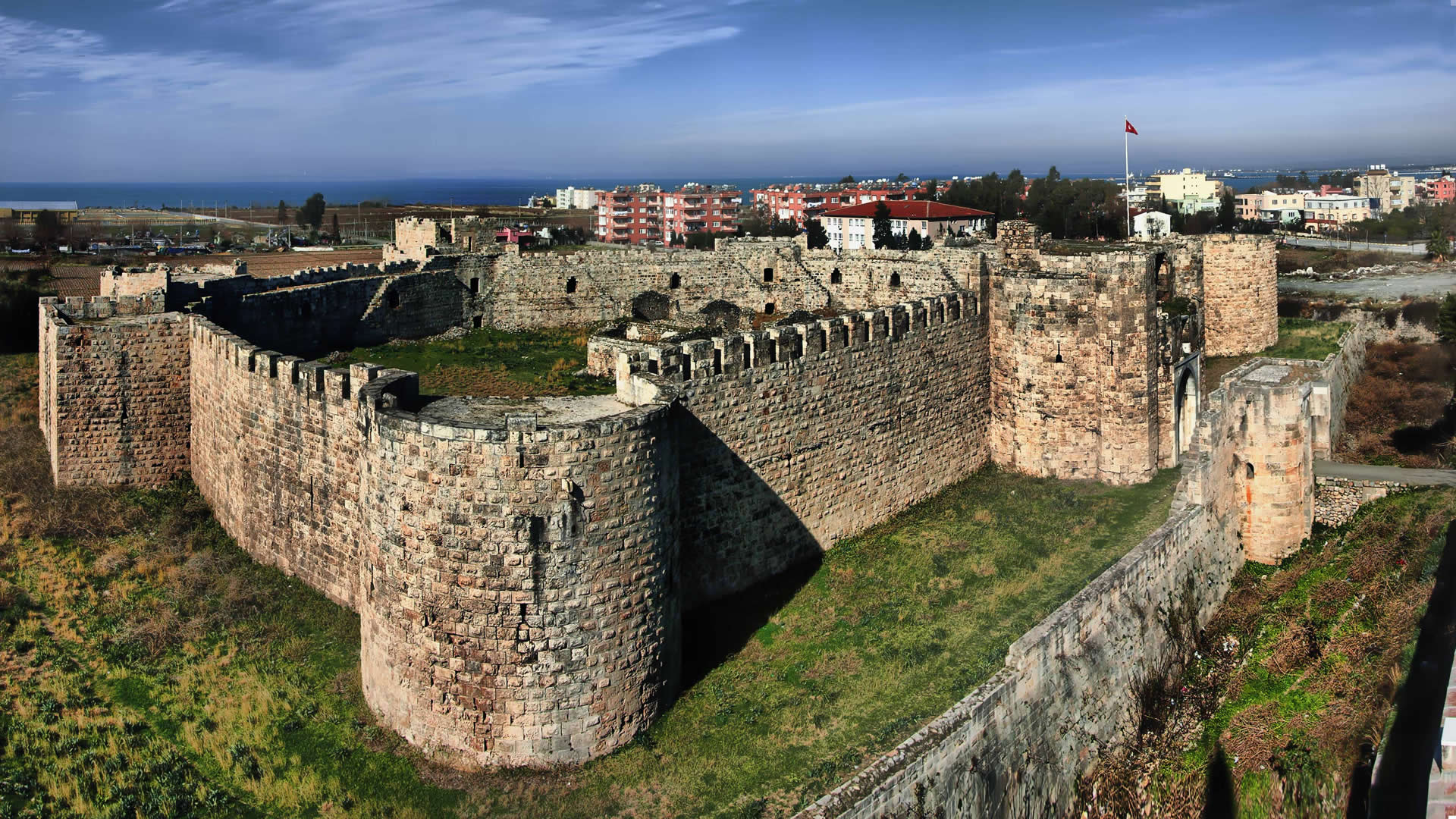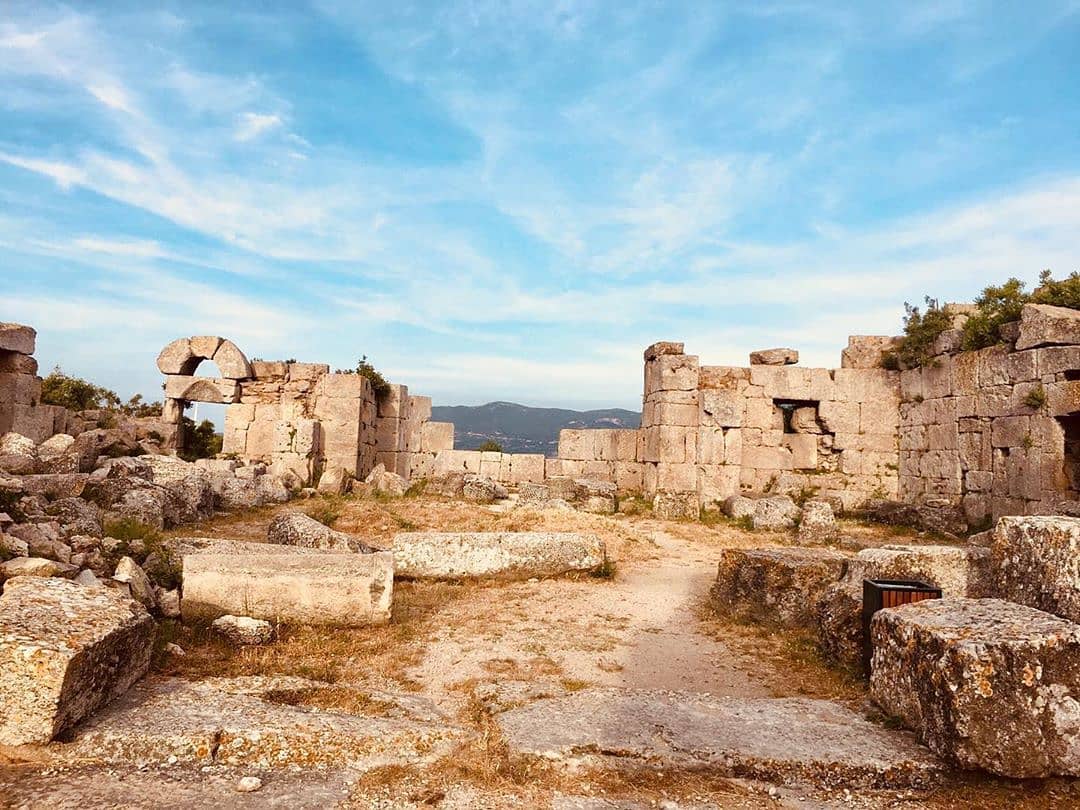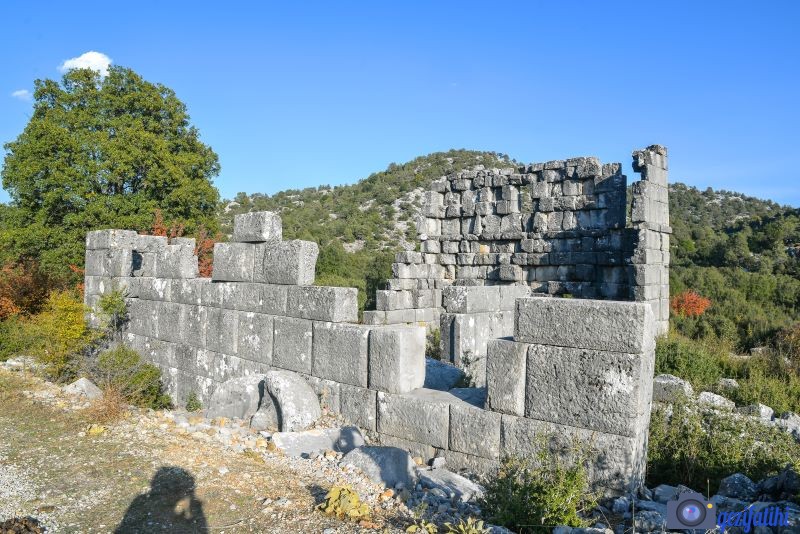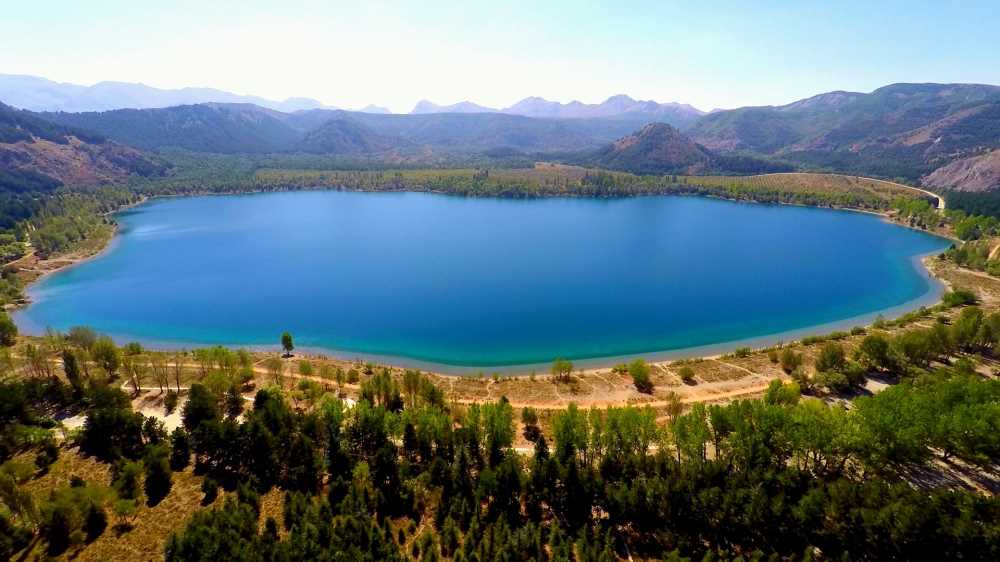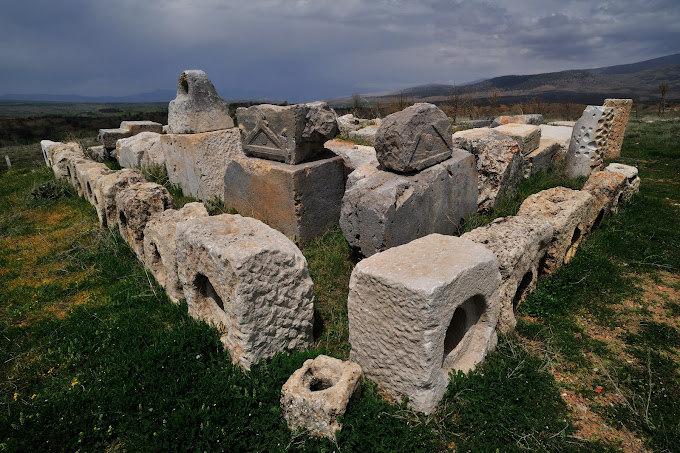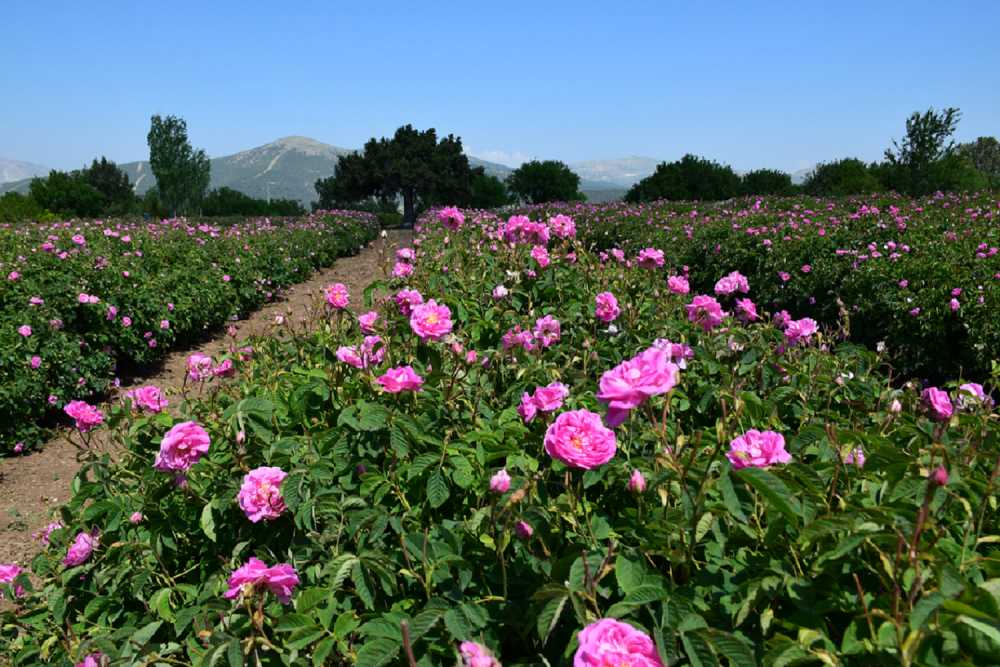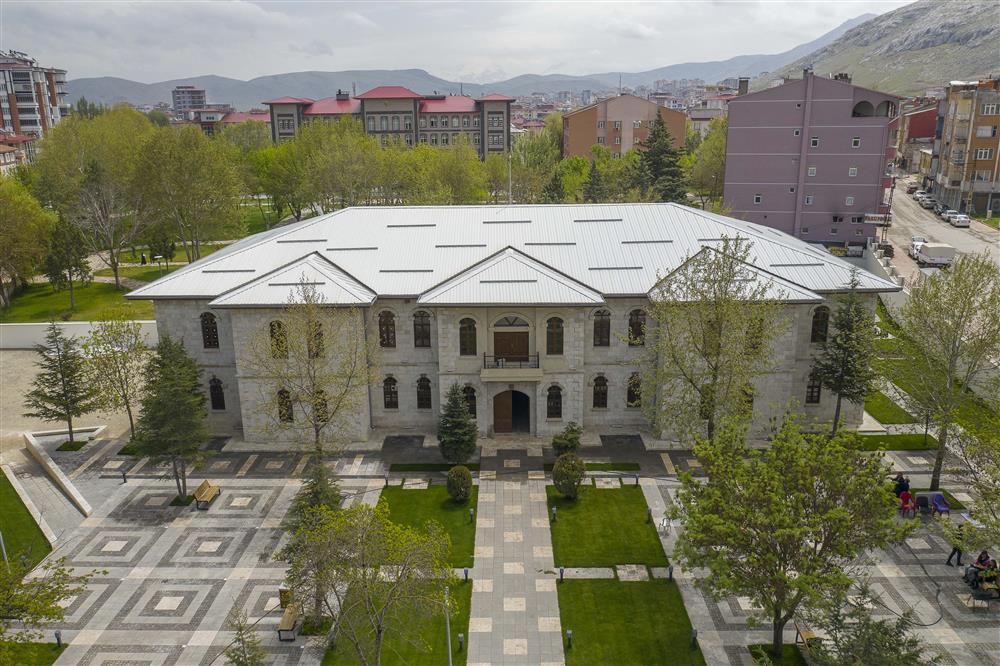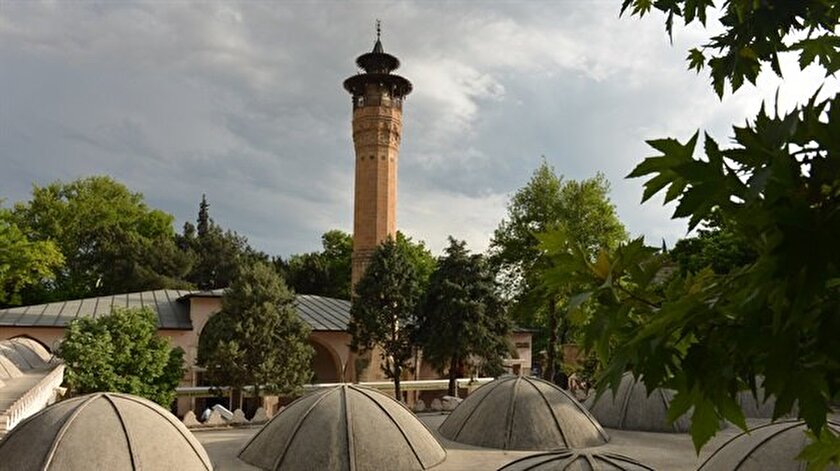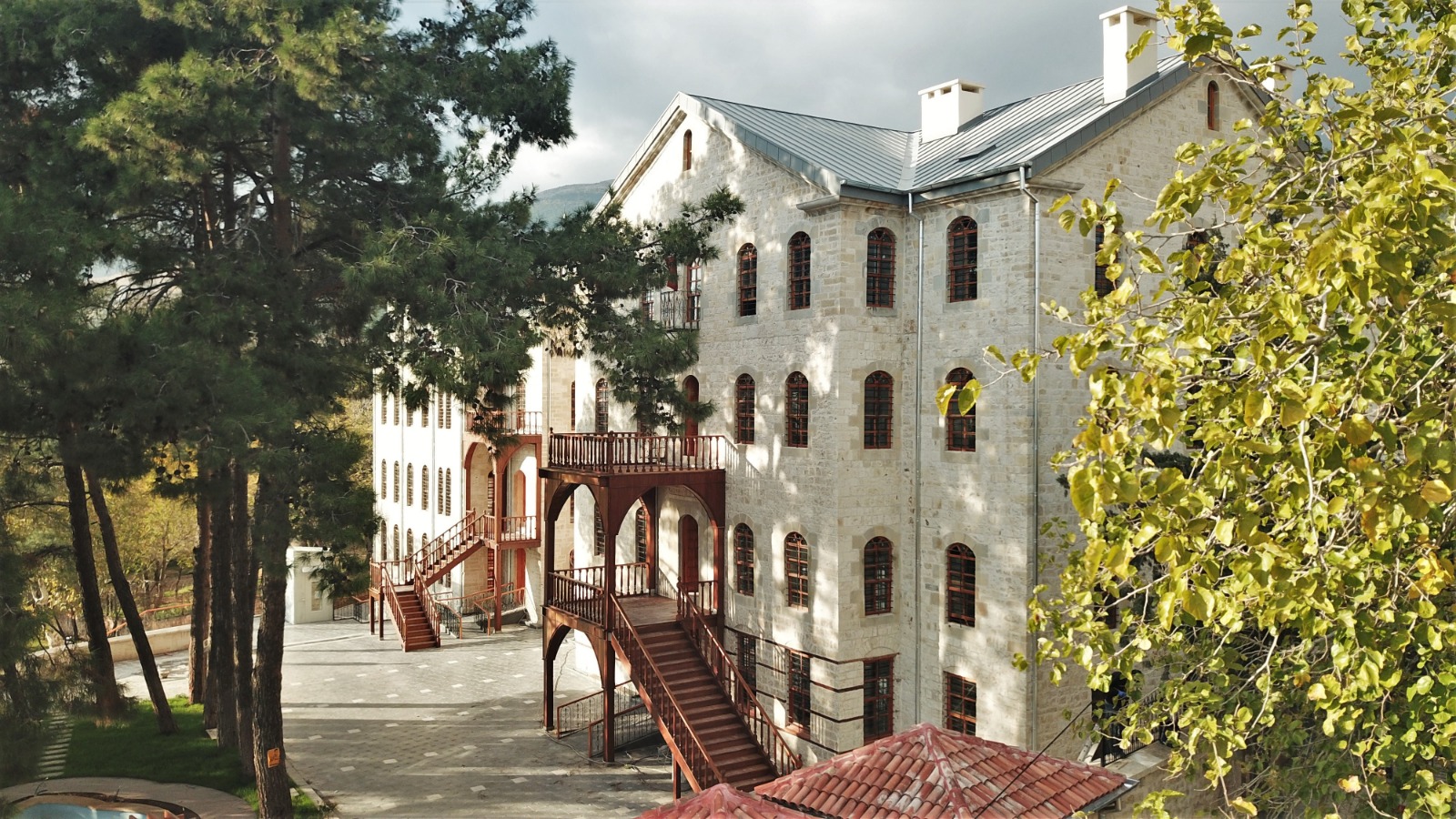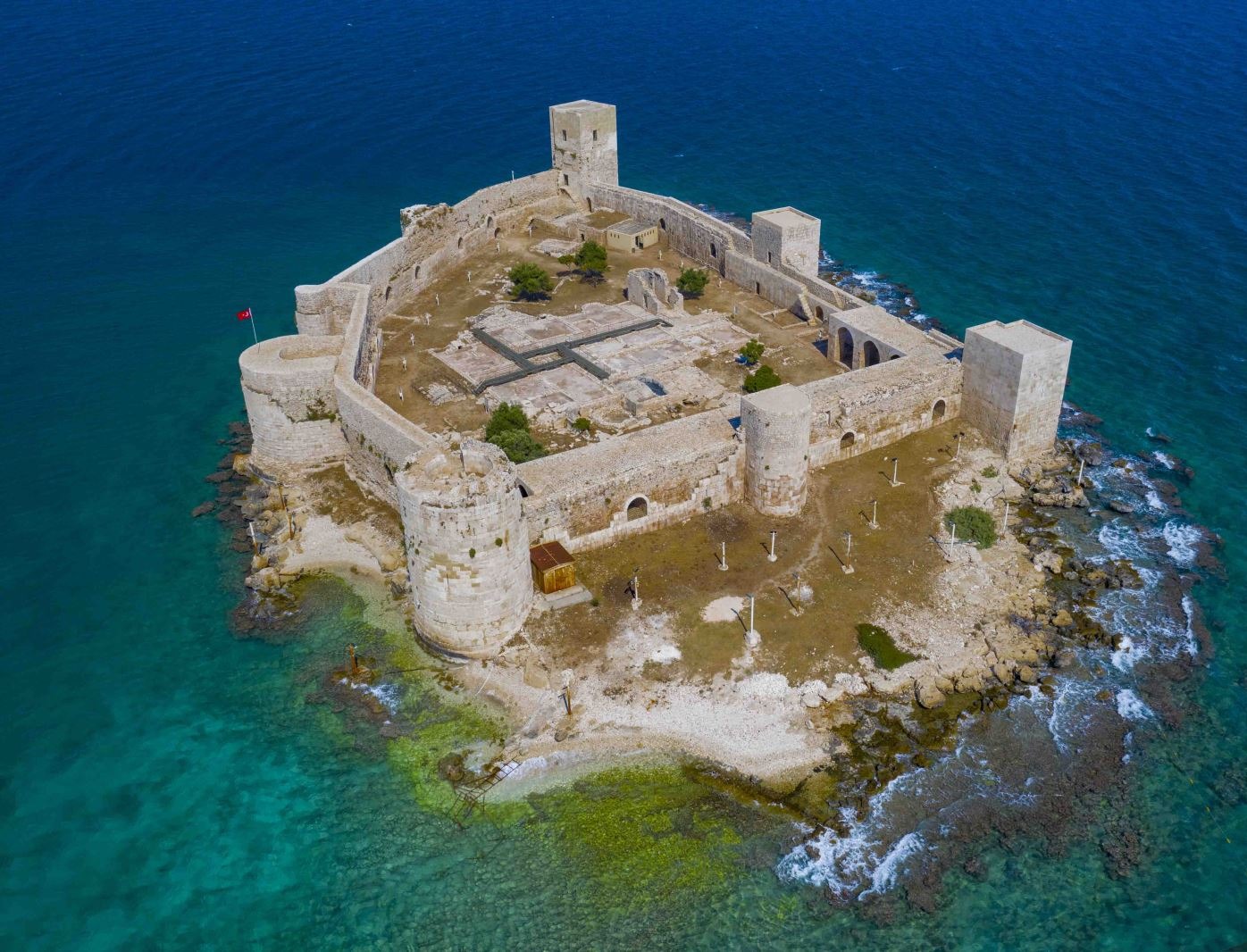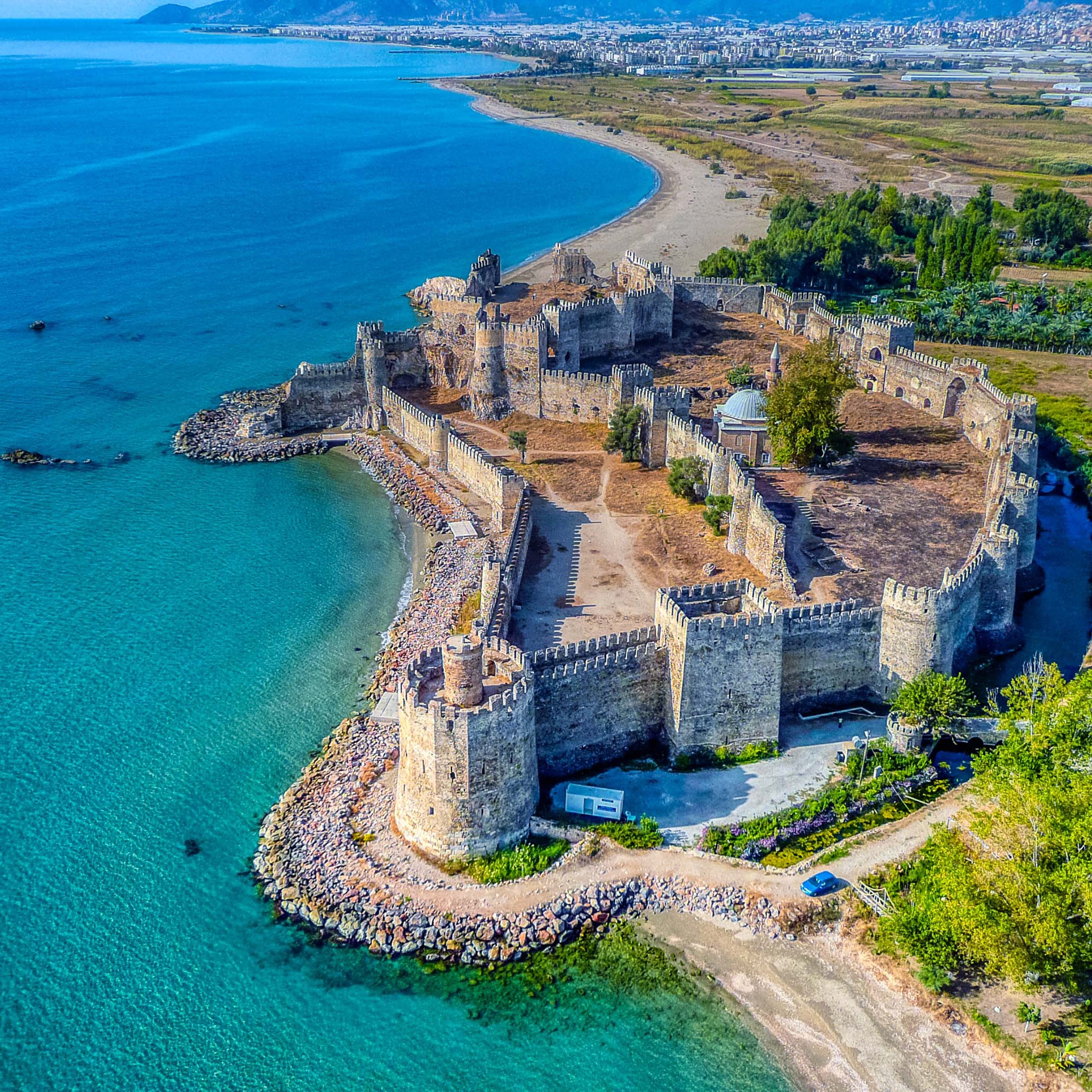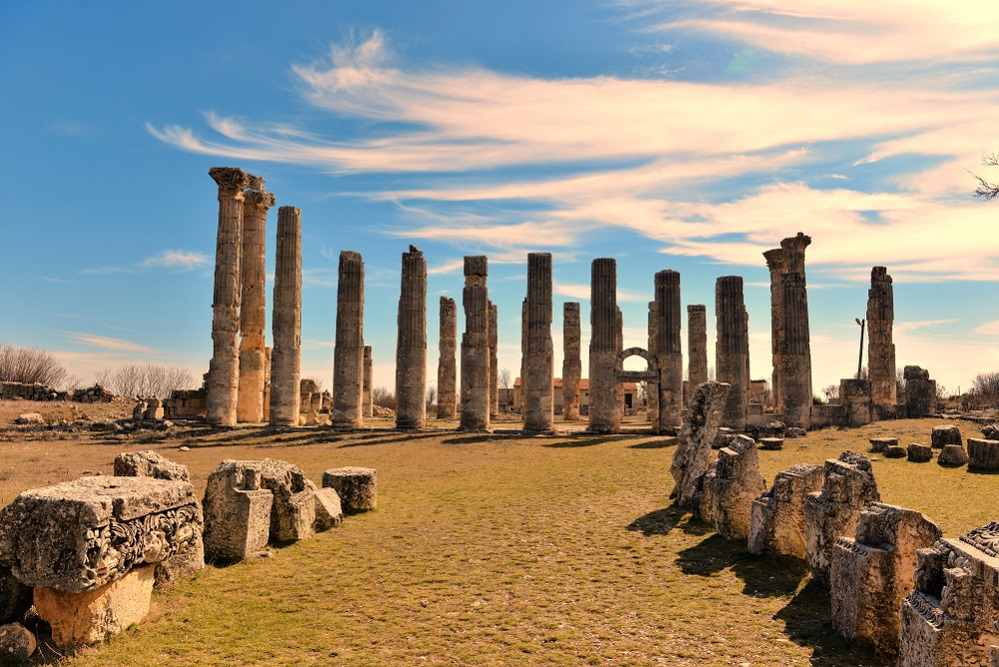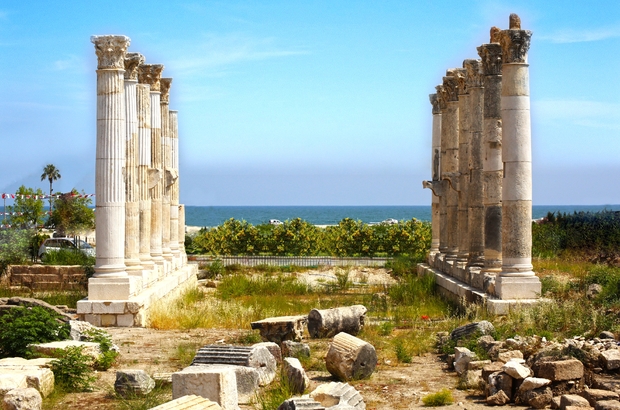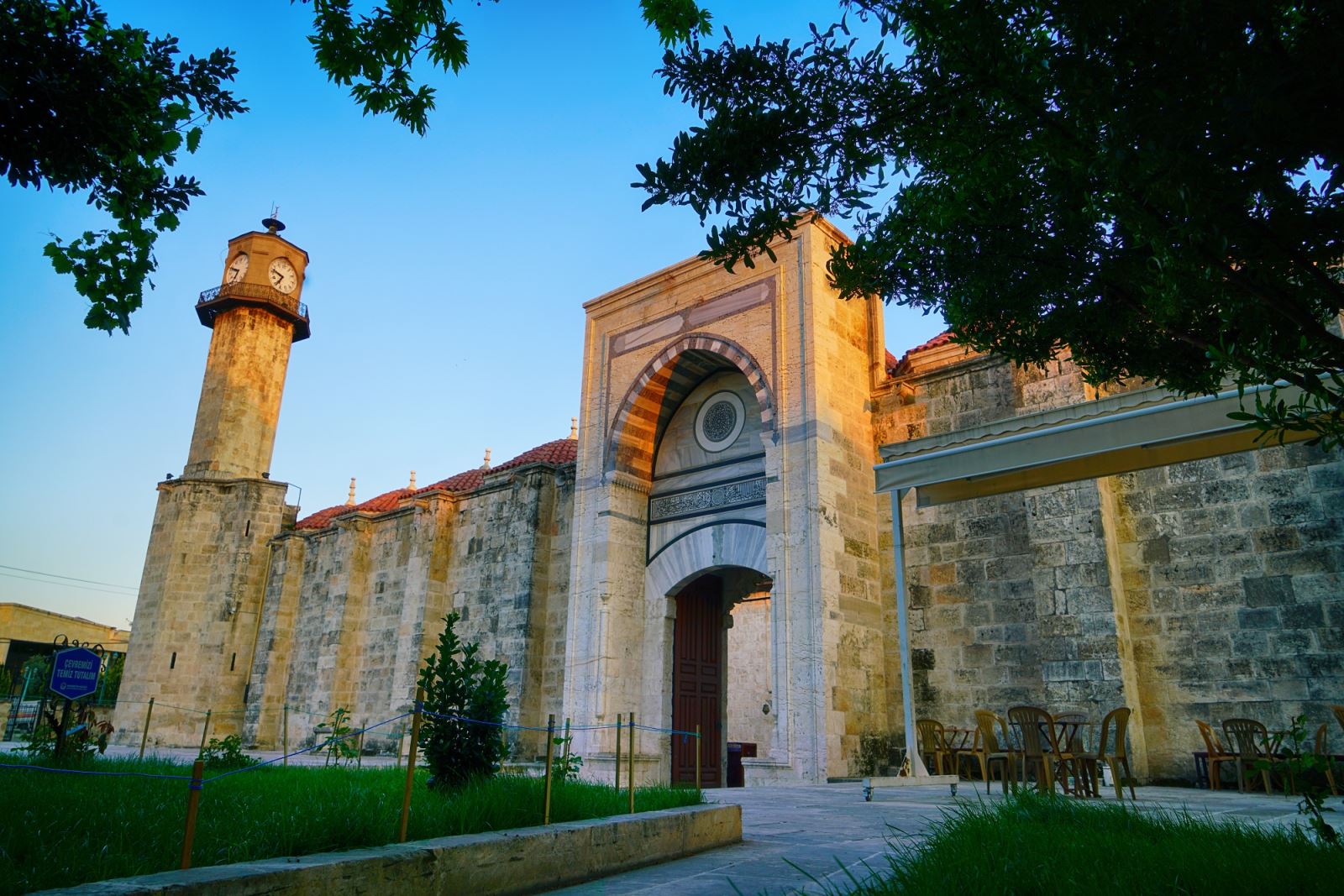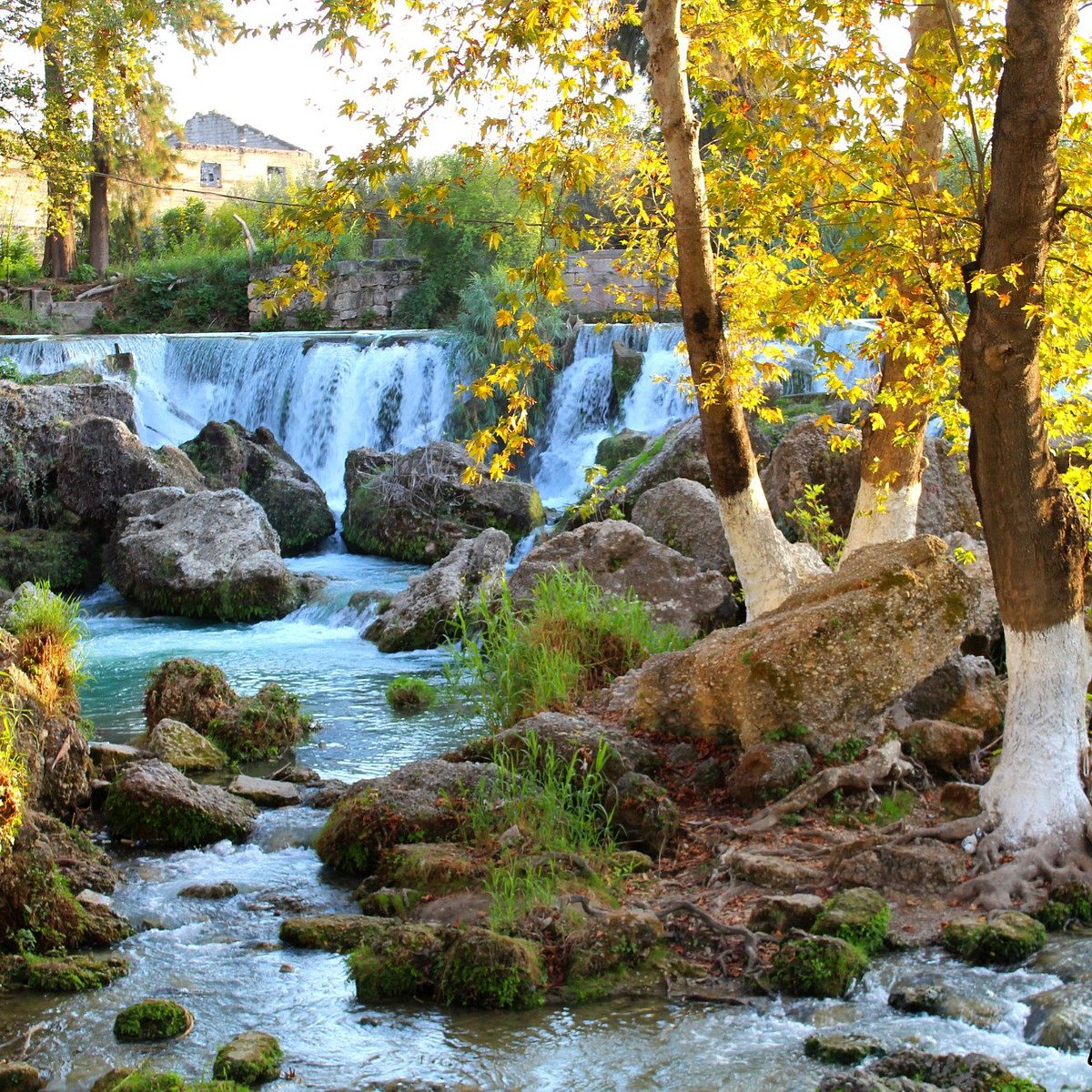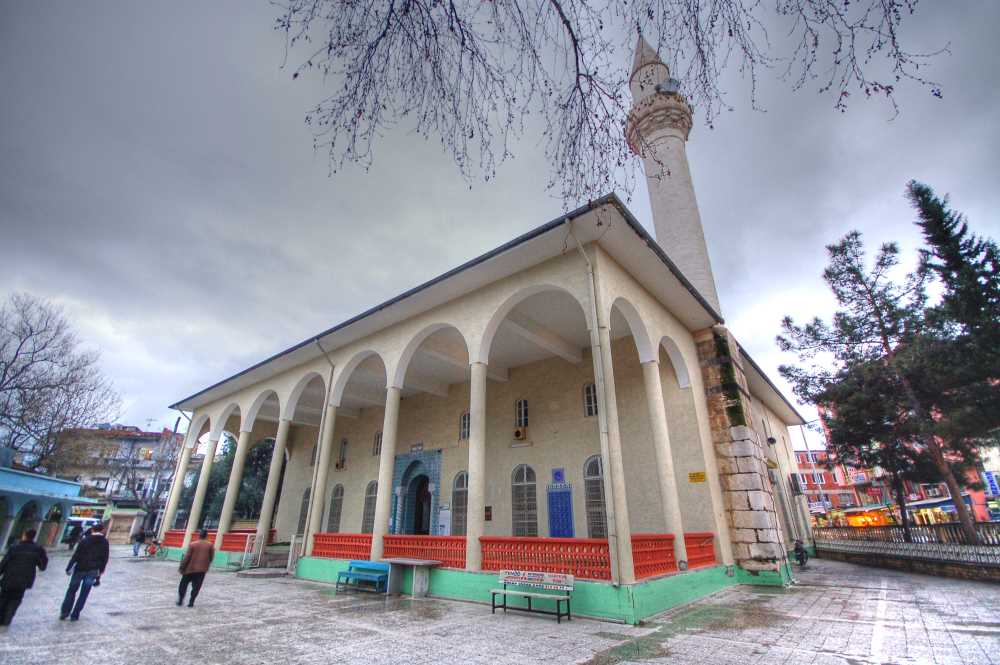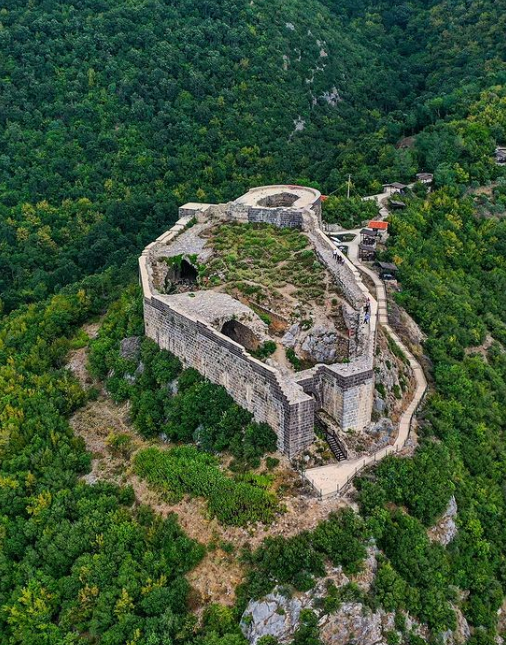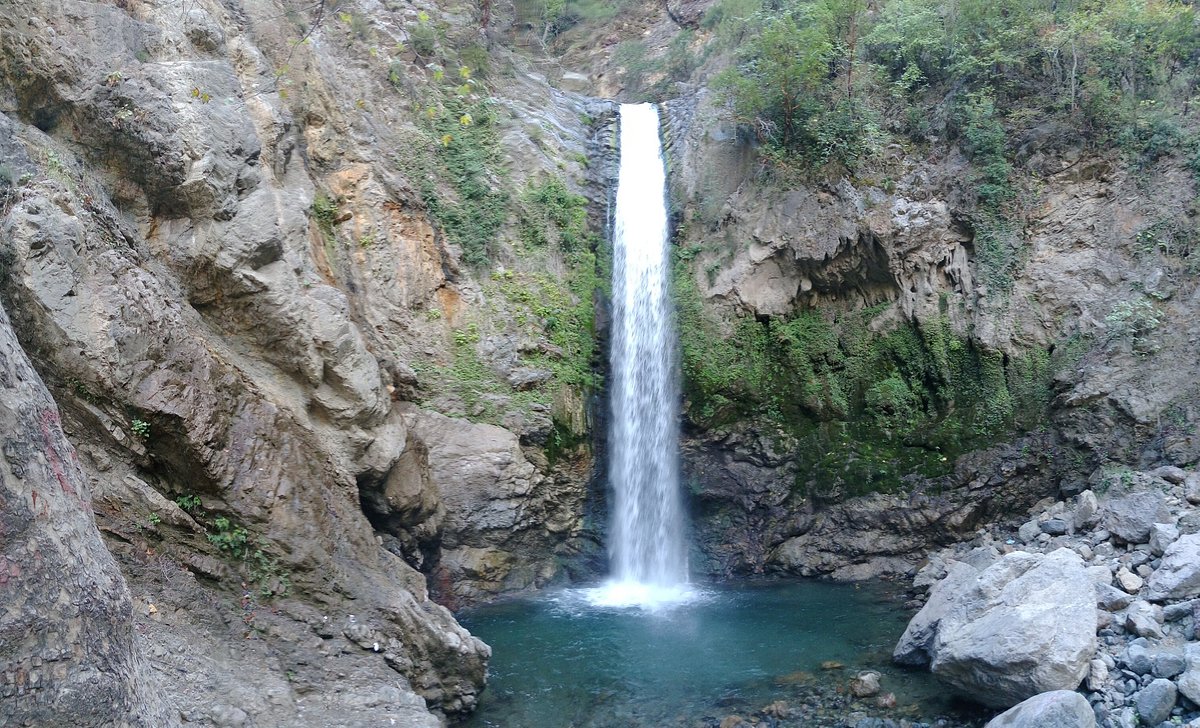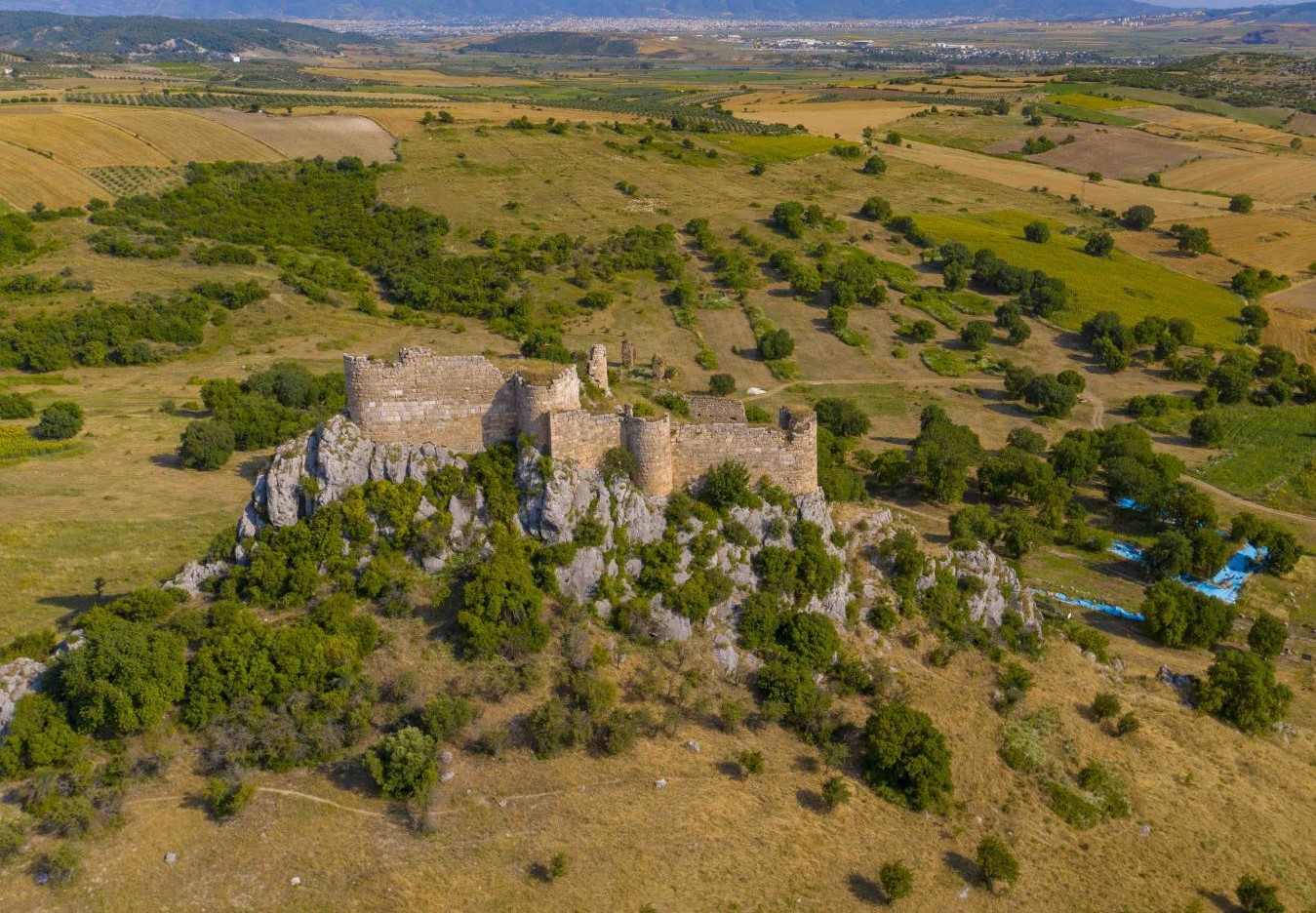Alahan Monastery
Residential
Alahan is 2 km from the state highway connecting Mersin to Karaman. east of the town of Mut and 15 km by bird flight. is located to the north. It is on the Taurus Mountains and approximately 1200 m. is at altitude. The road to the monastery is open almost all seasons and it takes 10 minutes to reach the main road.
History
Paul of Tarsus (Sen Paul), one of the apostles of Jesus, and Barnabes, one of the pioneers of Christianity who lived in Tarsus, M.S. In 41 B.C., they made various journeys in Anatolia to spread Christianity. Temples were built in memory of these saints in almost every place they stayed during their travels. However, since Christianity was not the official religion at that time and worship was secret, it was preferred that the temples be located in places that were out of sight and difficult to reach. It is understood that such a temple was built in the place where Alahan Monastery is located.
However, today's monastery was built in the fifth century, after the official adoption of Christianity. The person who built the monastery is a priest named Tarasis, who has a sarcophagus and an epitaph in the monastery. However, funding was largely provided by the Byzantine Emperor. Some sources indicate that the monastery is M.S. Between the years 440-442, some sources M.S. It is of the opinion that it was built after 474. During the reign of Emperor 440-442 II. It was Theodosius (401-450), and after 474 it was Flavius Zeno (425-491). (Perhaps different parts of the monastery were built under different emperors).
It is understood that the heyday of the monastery ended when the Arab raids began, that is, in the 7th century. However, it is clear that the monastery survived for a long time. As a matter of fact, in the 17th century, the famous traveler Evliya Çelebi (1611-1683) defined the monastery as looking like it had just come out of the hands of a master.
Architectural Features
Alahan Monastery is a complex spread over a wide area. This complex consists of the Western Church (Evangelist Basilica), the Monastery and the Eastern Church, the rock-hewn monk chambers and the surrounding tombs. The rich ornaments of the complex with stonework and motifs show that it was created by the most skillful hands of the period. However, the Western Church was destroyed. The Eastern Church, on the other hand, continues to exist as a ruin.
In a place thought to be the entrance of the destroyed Western church, there are winged angels and various animal depictions, including Gabriel and Michael, and a bust of Jesus. The two structures are connected by a 115 m long columned arched gallery-terrace. In the middle of the gallery, there is a large niche with relief decoration. There is a baptistery with an apse in the same gallery. There is a cruciform pool inside the baptistery. Rock tombs were carved opposite the baptistery. One of the tombs belongs to Tarasis, the founder of the monastery group. Its inscription is as follows: Here lies the memory of the holy founder Tarasis, who died on the Tuesday of the first week of holy fasts on February 13 of the 15th year of the Indiction, after the consulship of the very distinguished Flavius Severinus and Flavius Dagalaiphus.
The eastern church was built with meticulous craftsmanship from cut stones. Different parts of the church are decorated with relief ornaments. There are four windows, one on each façade, on the walls of the dome, which has a nearly rectangular plan. The church has common features with the Hagia Sophia Church in Istanbul, which will be built sixty or seventy years later (532-537).
Archaeological Searches
Scientific excavations were carried out in Alahan between 1955-1972 by the archaeologist Michael Gough (1916-1973). During these excavations, Gough also served as the director of the British Archaeological Institute in Ankara for a while. (The first director of this institute was John Garstang [1876-1956], who also conducted the Yumuktepe excavations in Mersin.)
World Cultural Heritage
Alahan monastery was added to the list of World Cultural Heritage candidate (tentative) on 25.02.2000. Turkey is in the 12th place of the list.





